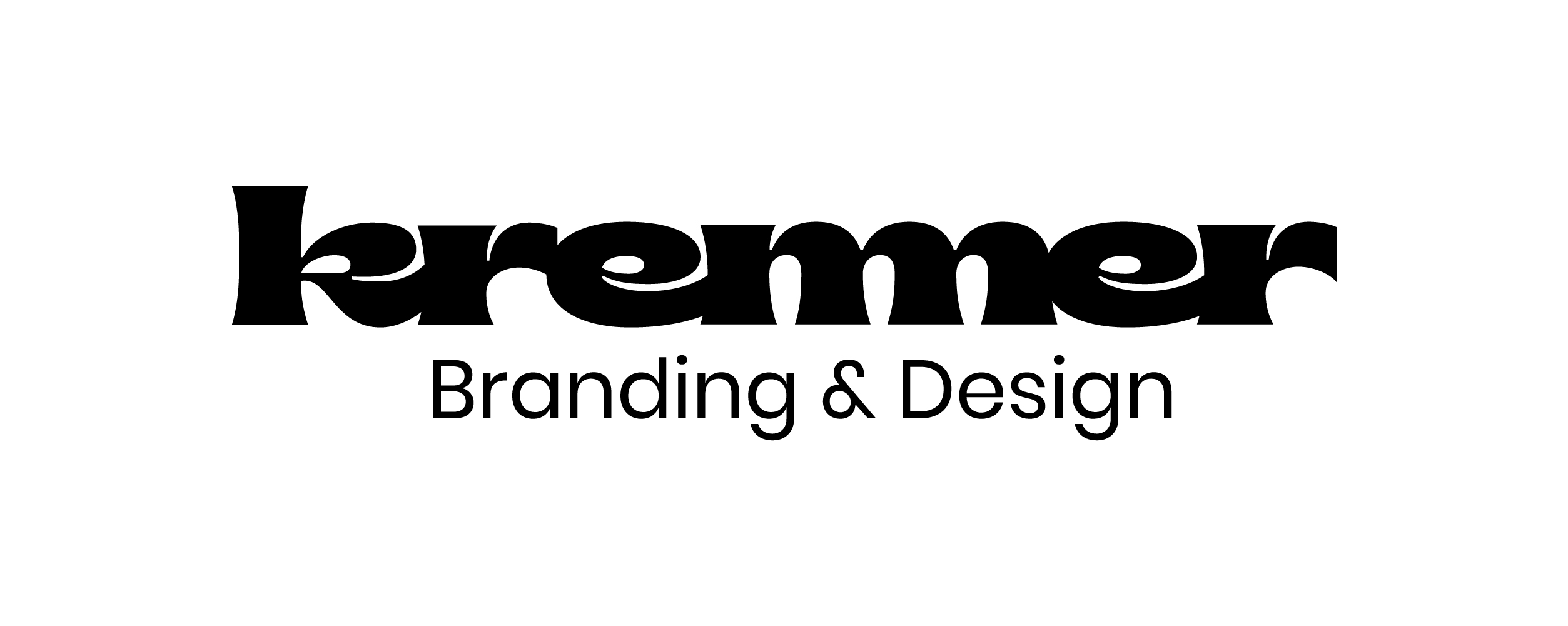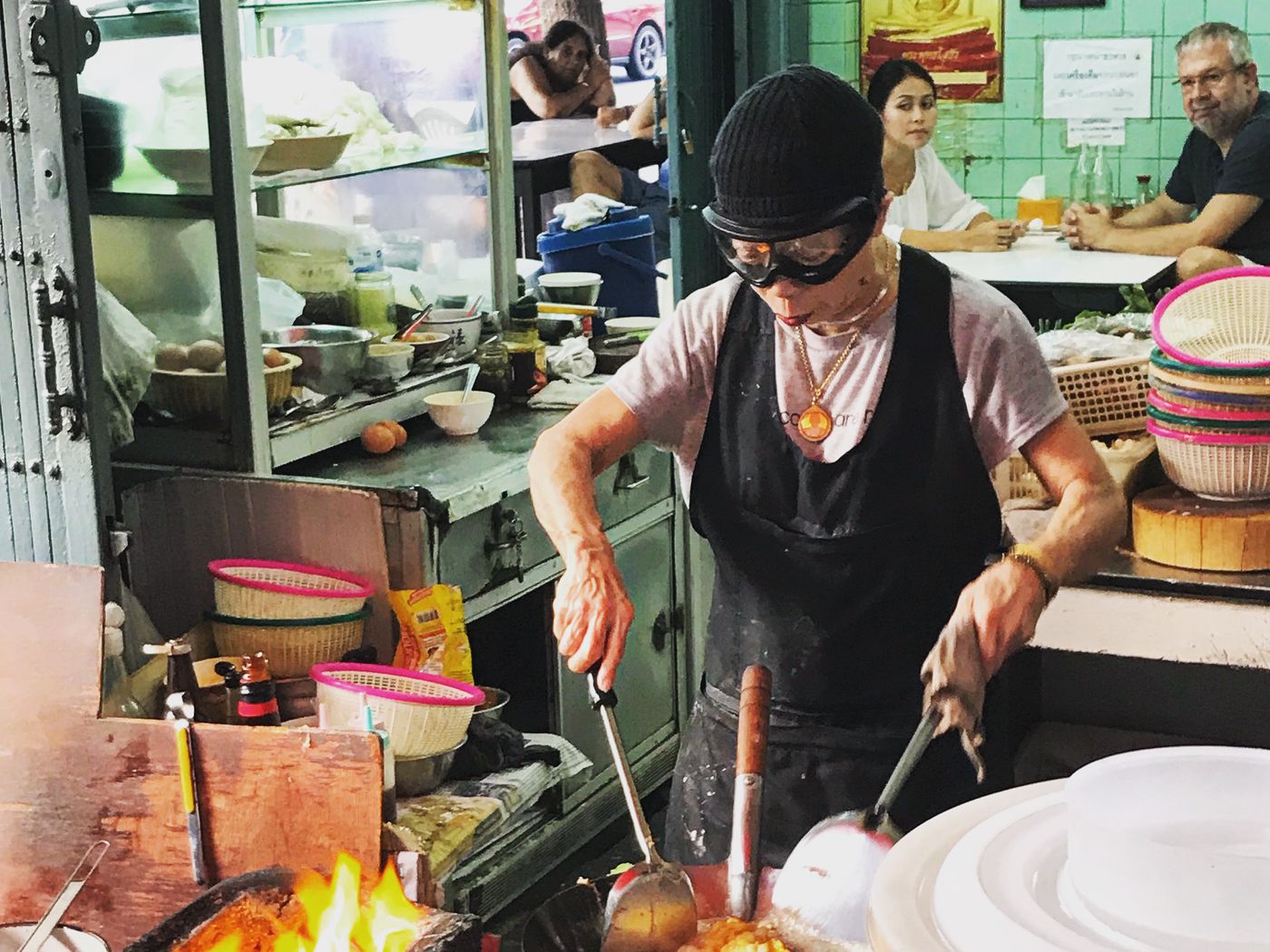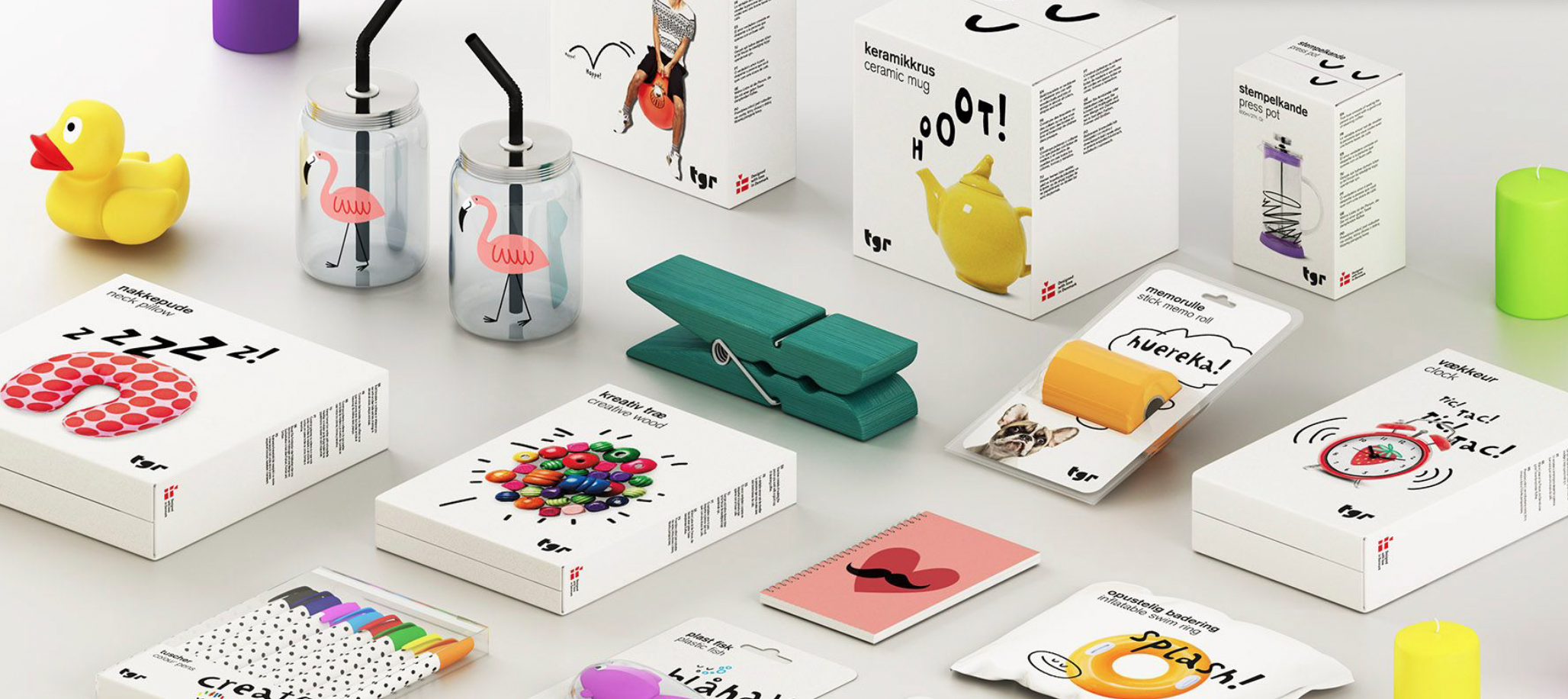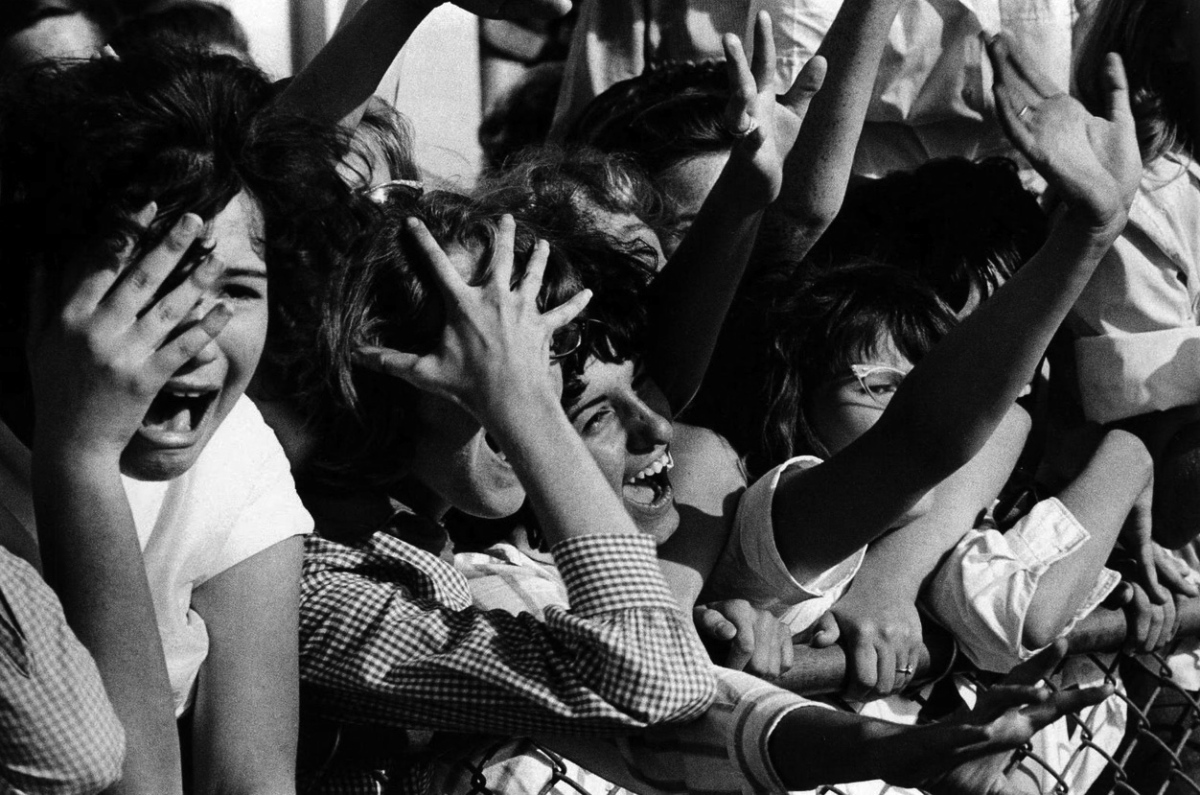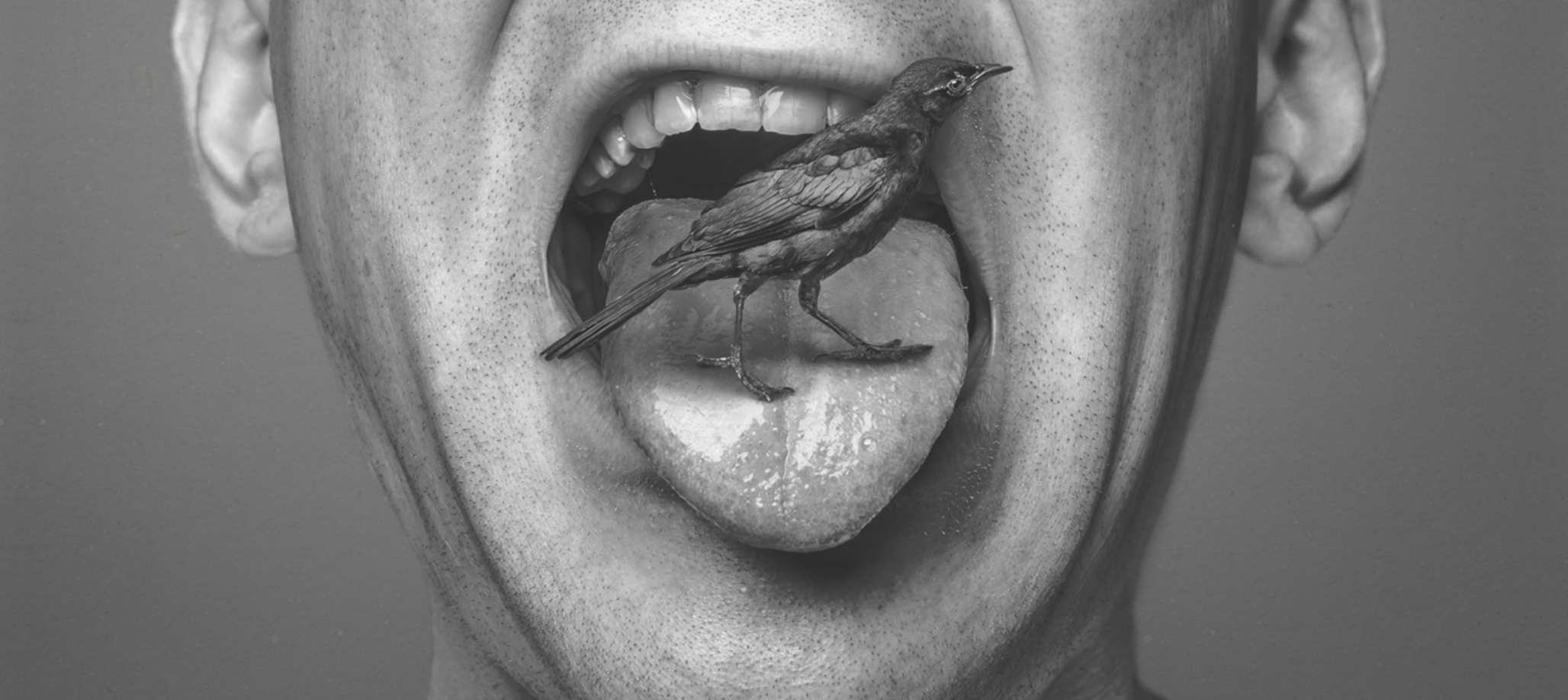Hillinger - The Extraordinary Life of a Burgenland Peasant Kid
Most of the wine brands are built on traditions and take a long time to establish. This may not be very encouraging for newly emerging brands. That's why we travelled all the way to Austria to introduce you to an example that represents the opposite: a brand that emerged from nothing and skyrocketed to fame at lightning speed.
The Birth of a Bold Brand
The picturesque vineyards of Burgenland awoke to an unprecedented sensation on a beautiful, sun-drenched autumn day in 1997. To celebrate the long-awaited acquisition of his significant vineyard holdings, a daring first-generation winemaker decided to make a statement like no other. He placed a bed among the rows, undressed, and lay down, covering his intimate parts with grape clusters. The scandalous act sparked outrage, and one can only imagine the reaction of the conservative local farmers. The photographs captured during the event instantly propelled his new winery to fame and turned the winemaker into both a local legend and a notorious figure.
The winemaker is Leo Hillinger, and the success story of his wines began on this very day, transforming his winery into one of Austria's most renowned and prosperous estates in the following years. He expanded his vineyards to cover a hundred hectares, currently selling 600,000 bottles of wine under his own name. With seven wine bars and stores scattered across the country, he has established a prominent presence. Leo Hillinger also hosts TV shows and has become a media personality. Clearly, he no longer leads the life of an ordinary peasant, although he still considers himself a farmer, speaks the local dialect, and is known for his sincere, outspoken, and straightforward style. Behind his intriguing and successful life story lies one of the most deliberate, consistent, and meticulously planned personal brand-building journeys.
Face and Heart
Leo Hillinger's father was a wine merchant, and he witnessed the devastating impact of the frost crisis in 1986, which brought the entire Austrian wine industry to its knees. At the young age of 19, Leo immersed himself in the world of winemaking, using those turbulent years to work and learn in renowned wine regions across the globe. He travelled the world, absorbing knowledge and experiences that would shape his future. In 1990, he returned with a dream — to establish his own vineyard and winemaking enterprise. With no land or money to his name, as he puts it, "I had nothing except myself." In 1997, when the now-iconic naked photos were taken, his family and business accounts showed a staggering €600,000 deficit. There was no marketing budget, so he had to rely on what he had—the power of his own personality. Leo named his winery after himself and built the marketing strategy around his unique persona. His fame, his success, became intertwined with the success of his brand. But had he faced failure, the brand would have fallen with him.
Based on international experiences, the authenticity of wineries is greatly enhanced when they are intimately connected to a person. Leo Hillinger fully exploited this concept. He firmly believes that "Behind every brand, there must be a person and a heart; otherwise, it simply won't work." And he doesn't limit this belief to just the wine industry. He cites Mercedes as an example, which was considered a dull car for old people 20 years ago. However, through strategic sponsorship and involvement in Formula 1, they transformed the brand into something cool and youthful again. This was achieved by incorporating new faces and injecting a sense of passion and enthusiasm.
A good brand cannot compensate for a bad product
By 1997, Leo Hillinger firmly believed that his wines were flawless. He possessed a quality product, and all that remained was the implementation of effective branding. The fundamental principle of brand building is:
"You cannot build a good brand from a bad product. If your quality is not perfect, refrain from building a brand and be content that people are buying it. But if your product is truly exceptional, make some noise and let the world know."
And he made some noise... After the naked photos, he raced through his vineyards in a jeep and posted pictures on horseback. These actions instantly made him famous, and as a result, his income kept growing. Everything worked because when consumers tasted his wines, they were not disappointed. According to him, 99% of people don't understand wines, but they can decide whether what they're drinking is good or bad. That's why, in the long run, even with brilliant marketing, you can't fool them.
The next big move for the winery, and a significant boost to the brand's international recognition, came in 2004 when Leo built a groundbreaking wine processing facility. The building instantly became an icon and, in his opinion, contributed at least 50% to the success of the brand. In line with his brand and personality, he envisioned a hypermodern winery with a strong focus on design-oriented interior. In a wine region dominated by smaller, traditionally oriented wineries housed in corresponding buildings, he created something truly unique. The brand-new processing, aging, and tasting rooms, made of glass and concrete, were a resounding success. They garnered international acclaim, with his plans and images featured in architectural and wine industry magazines, serving as a shining example for any winery aspiring to embrace innovation.
The building symbolised complete transparency, which Leo believed aligned perfectly with his personality. As visitors step inside, there are no secrets; they can witness the entire winemaking process, from barrels to tanks, in a clear and unadorned manner. Hillinger wanted to convey the message that he has nothing to hide; he offers what he has, without any tricks or deception, just a great product. Every product, building, restaurant, and store associated with the winemaker reflects the owner's highly creative and modern design perspective. It's simply delightful to be in these spaces and to experience the products firsthand. They are cohesive, modern, and welcoming.
Is it all just marketing?
It soon became apparent that openness, honesty, and impeccable product quality were essential. Not everyone was pleased with his sudden success and his departure from tradition. He quickly received criticism, with some claiming that "Hillinger is only about marketing" and lacks substance. The winemaker's response to this was rather simple: "I cannot live traditionally because I did not have a traditional background. I am not carrying on a family winery; I am building something new from scratch," he says. "My brand evokes youthfulness, dynamism, and quality, rather than tradition. It brings these qualities to people's minds." He is not afraid of the attacks because he is confident in the quality of his products, ensuring their excellence without a doubt.
And the success keeps pouring in. He has brought in new young layers of consumers to the wine industry, and people say about his wines, "If I want to play it safe, I choose Hillinger." He believes that nothing validates the quality of his products more than the fact that they are being purchased, and he can count on a stable, loyal customer base.
At the same time, he achieved nationwide fame. He became a true wine celebrity, starting to appear on TV shows, providing advice to restaurants on how to be successful, evaluating and supporting startups, being invited to games, and so on.
It may sound strange, but his next big venture was cycling. At nearly 40 years old, he took up cycling and shortly afterwards participated in one of the world's toughest off-road bike races in South Africa. He even formed his own team and triumphed over young professionals in multiple races. Once again, this showed consumers that Hillinger does not settle for mediocrity. When he commits to something, he strives for excellence. These actions further strengthened his personal brand and, along with it, his wine brand.
Straight Path - Straight Message
Hillinger recently wrote a book titled "Consistency, Consistency, Consistency." In his opinion, these three words are the fundamental prerequisites for success. He himself has always followed a consistent path, even in the face of attacks and criticism, because he believed in success. Rather than constantly setting unattainable goals, he remained focused on the path he had charted.
When studying Hillinger's brand, an obvious question arises: can others also achieve this, or was it solely his personality that made it possible? Although he believes that not every personality can build a successful brand, he also believes that almost anyone can succeed.
"Everyone needs to find their own path and avoid imitating others. To achieve this, you need to recognize your talents and strengths and build upon them. Don't deviate from your original direction, don't get distracted from it because you cannot be everything and successful in everything! Only take on what you are strong in, what aligns with your personality! You must find your own story, for without a story, there is no success!"
Selected Works
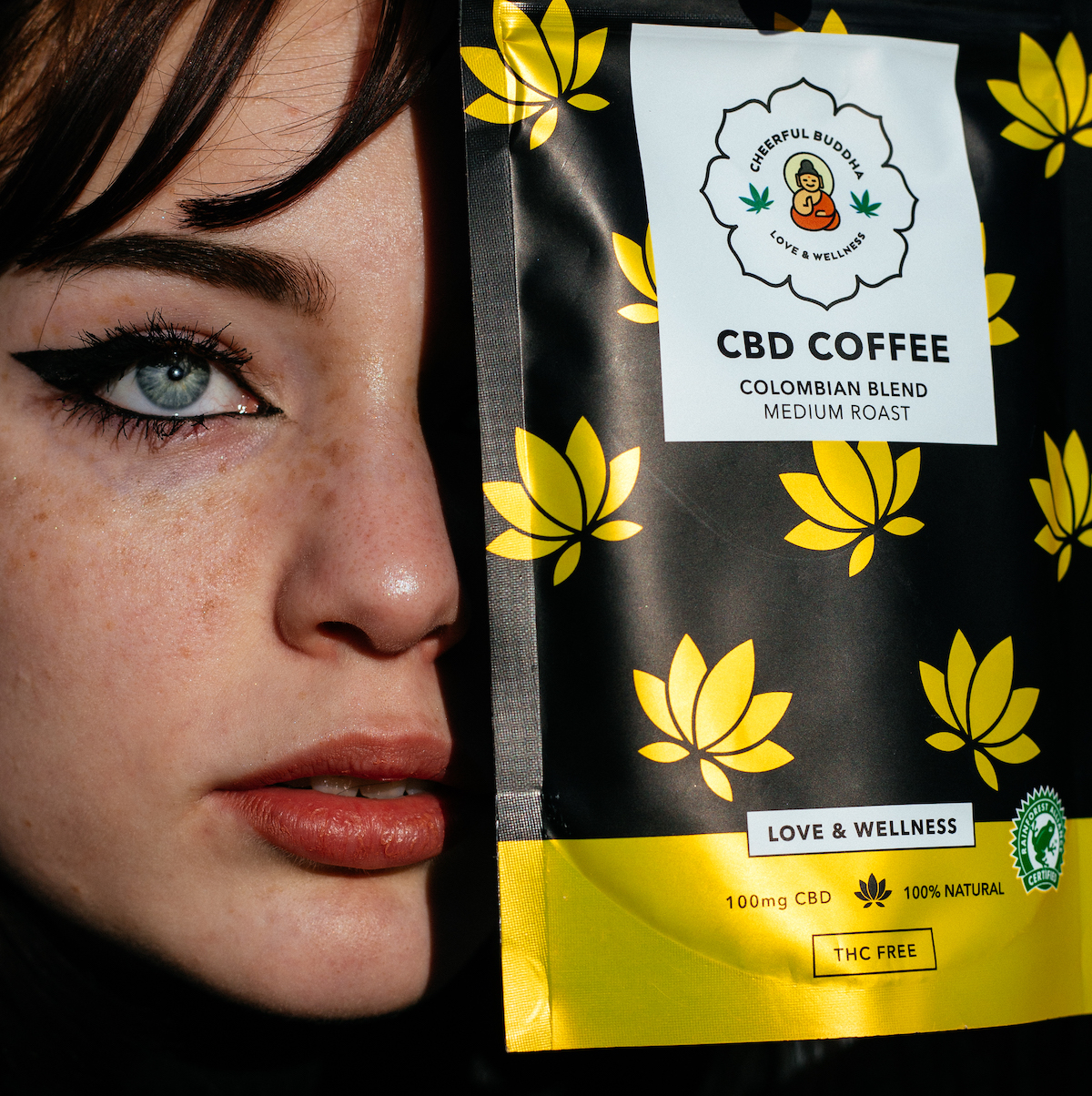
Cheerful BuddhaProduct Photography
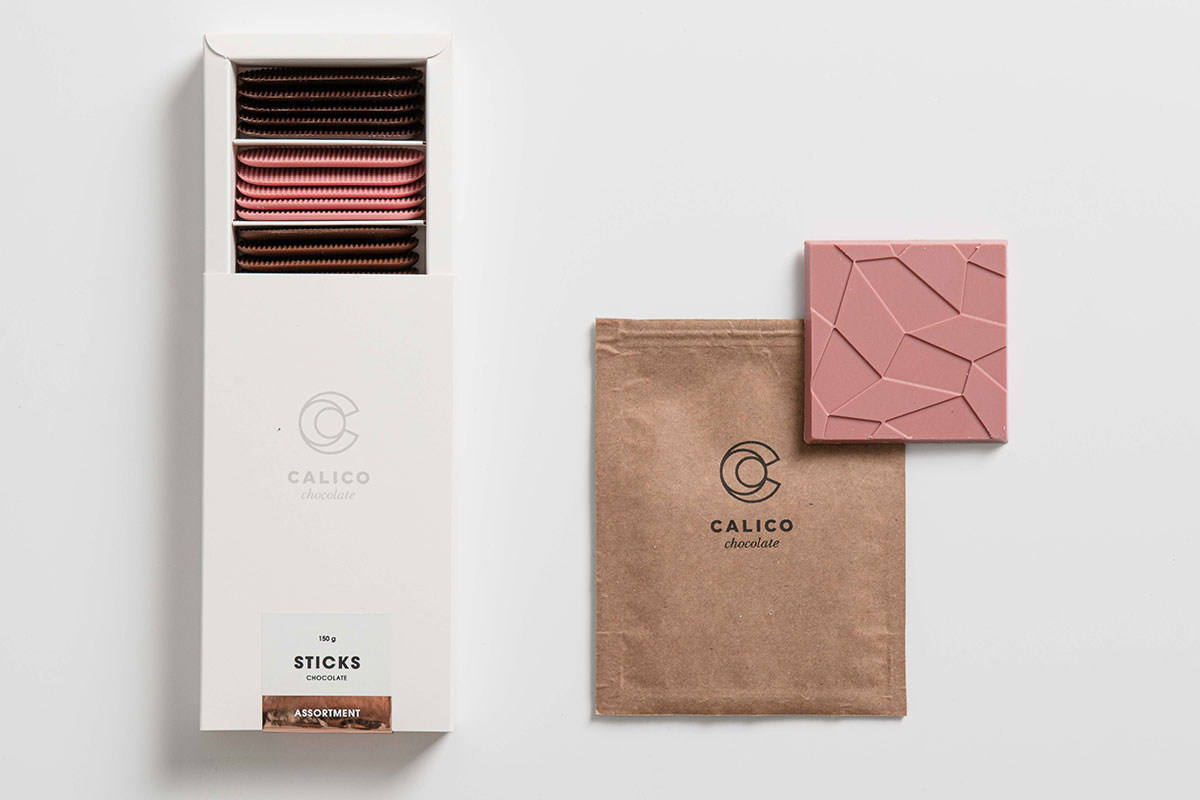
CalicoProduct Photography
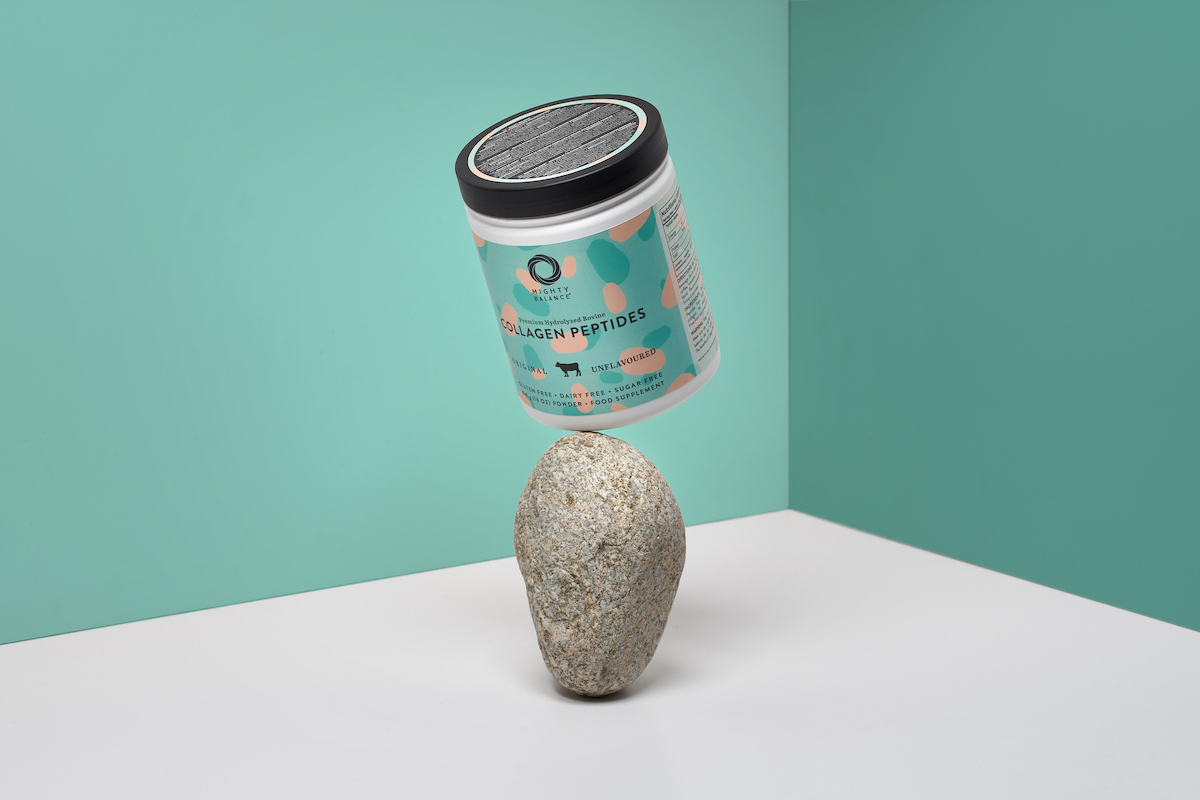
Mighty BalanceProduct Photography
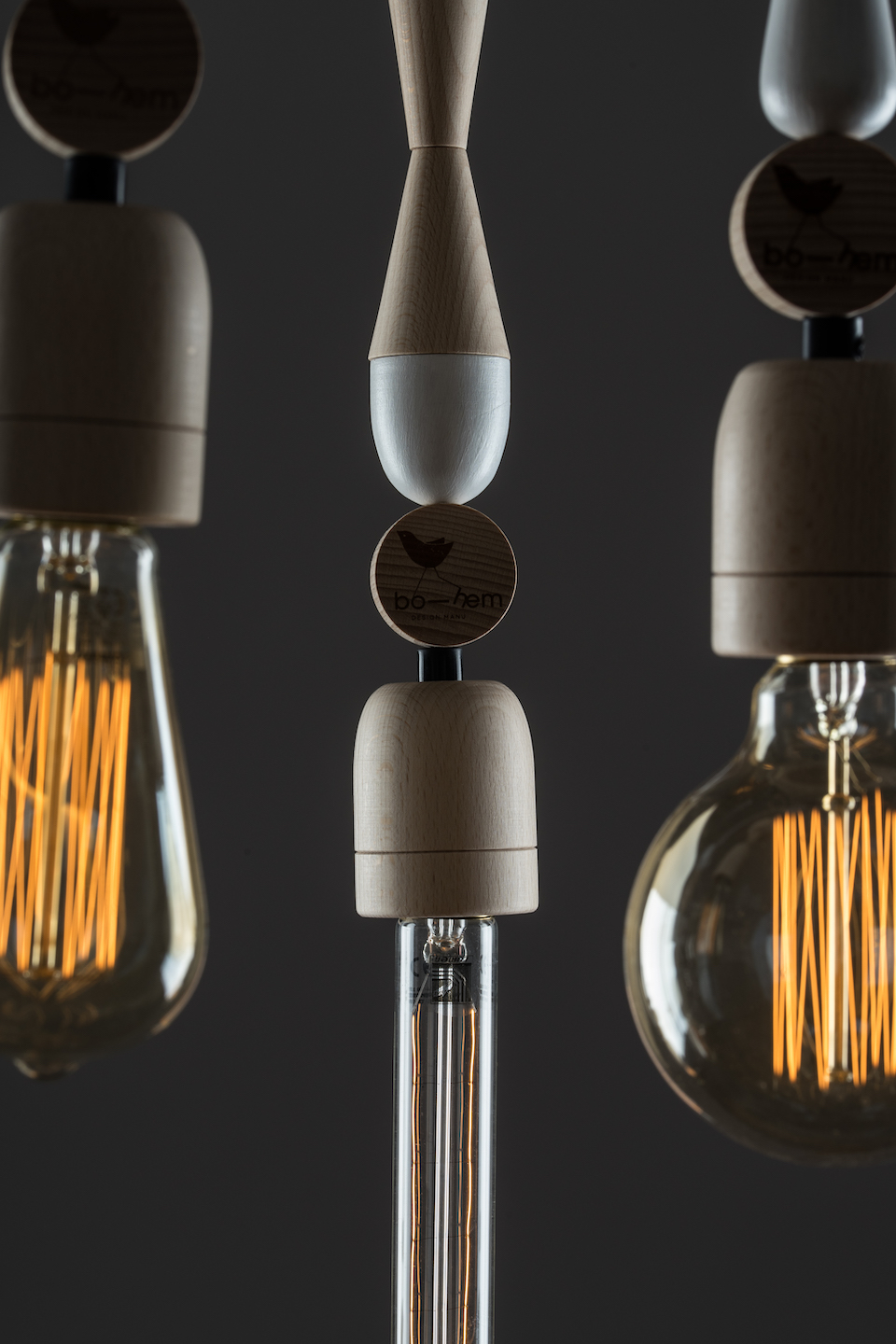
Bo-hemProduct Photography
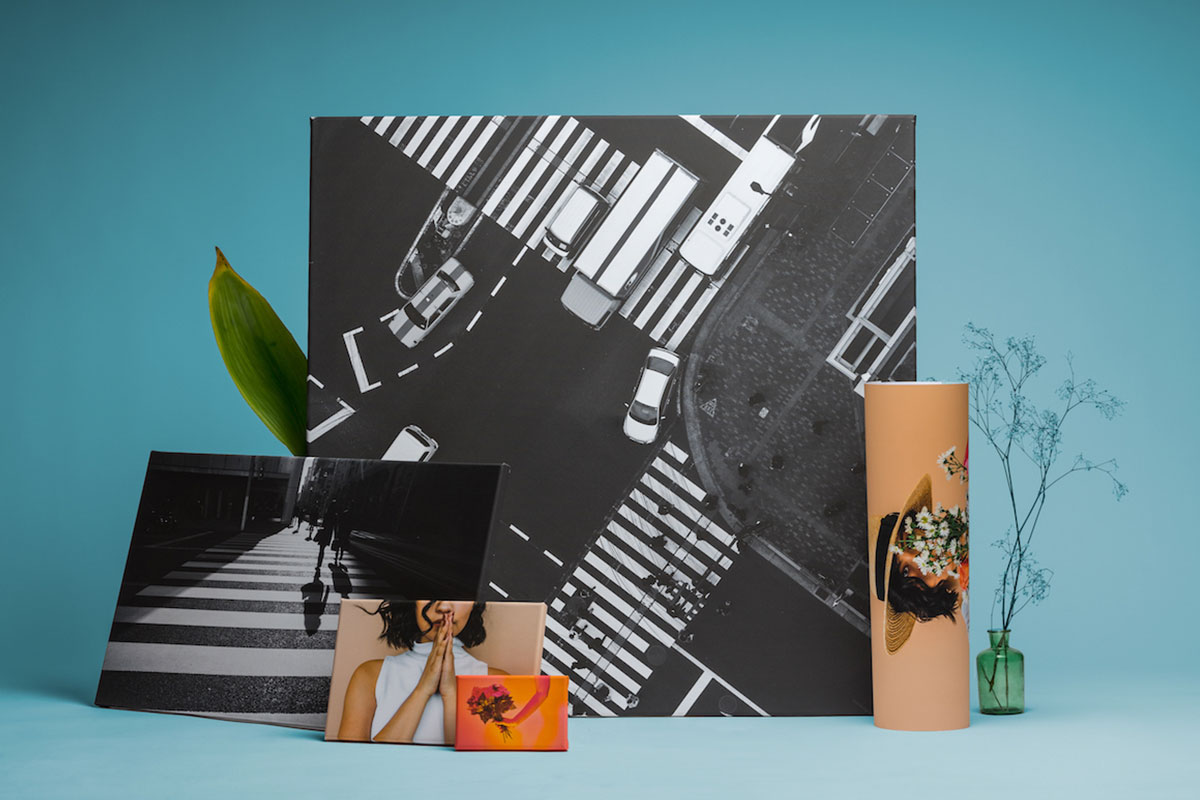
NetprinterProduct Photography
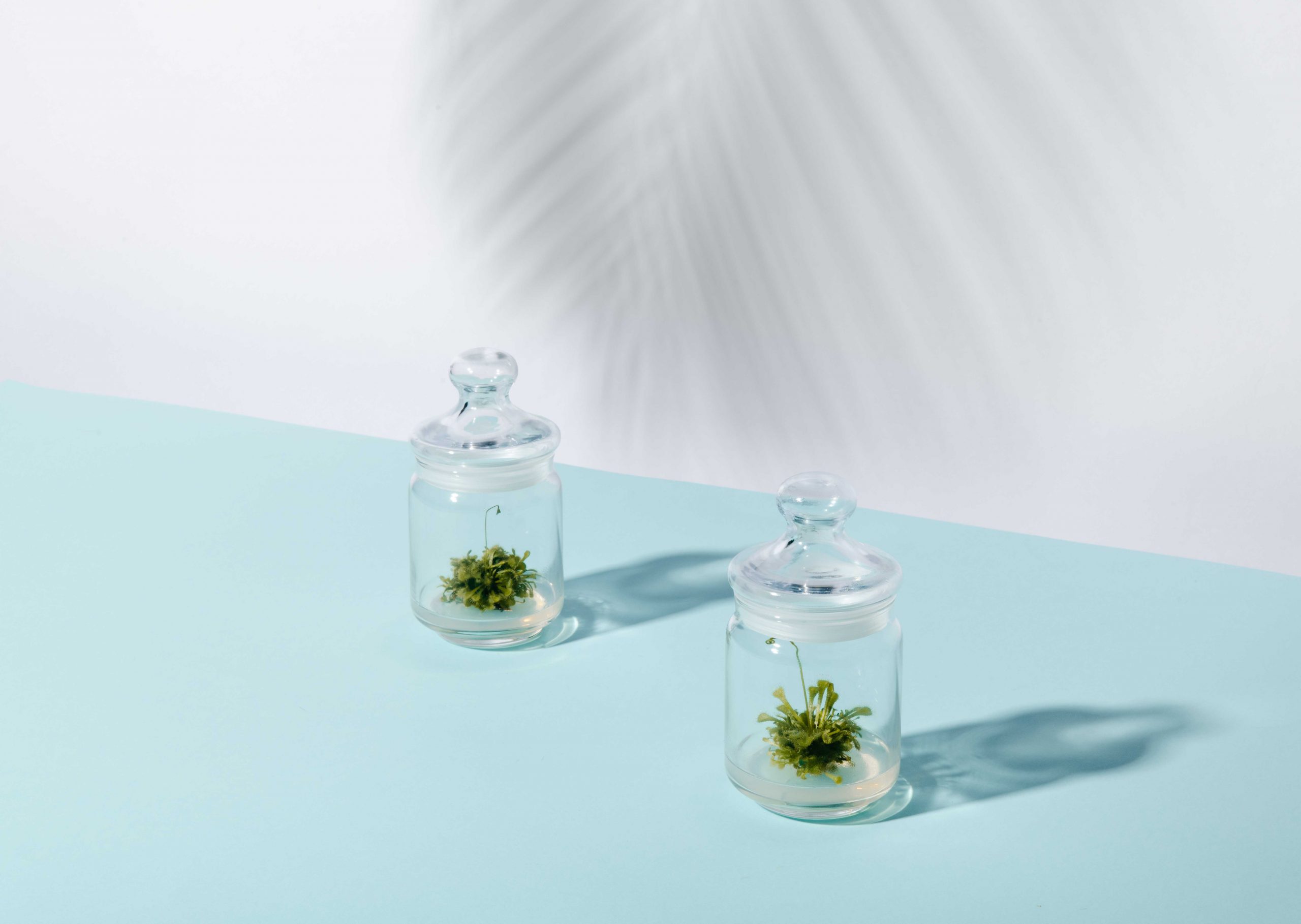
Little Green FactoryProduct Photography

NovafamPackaging Design
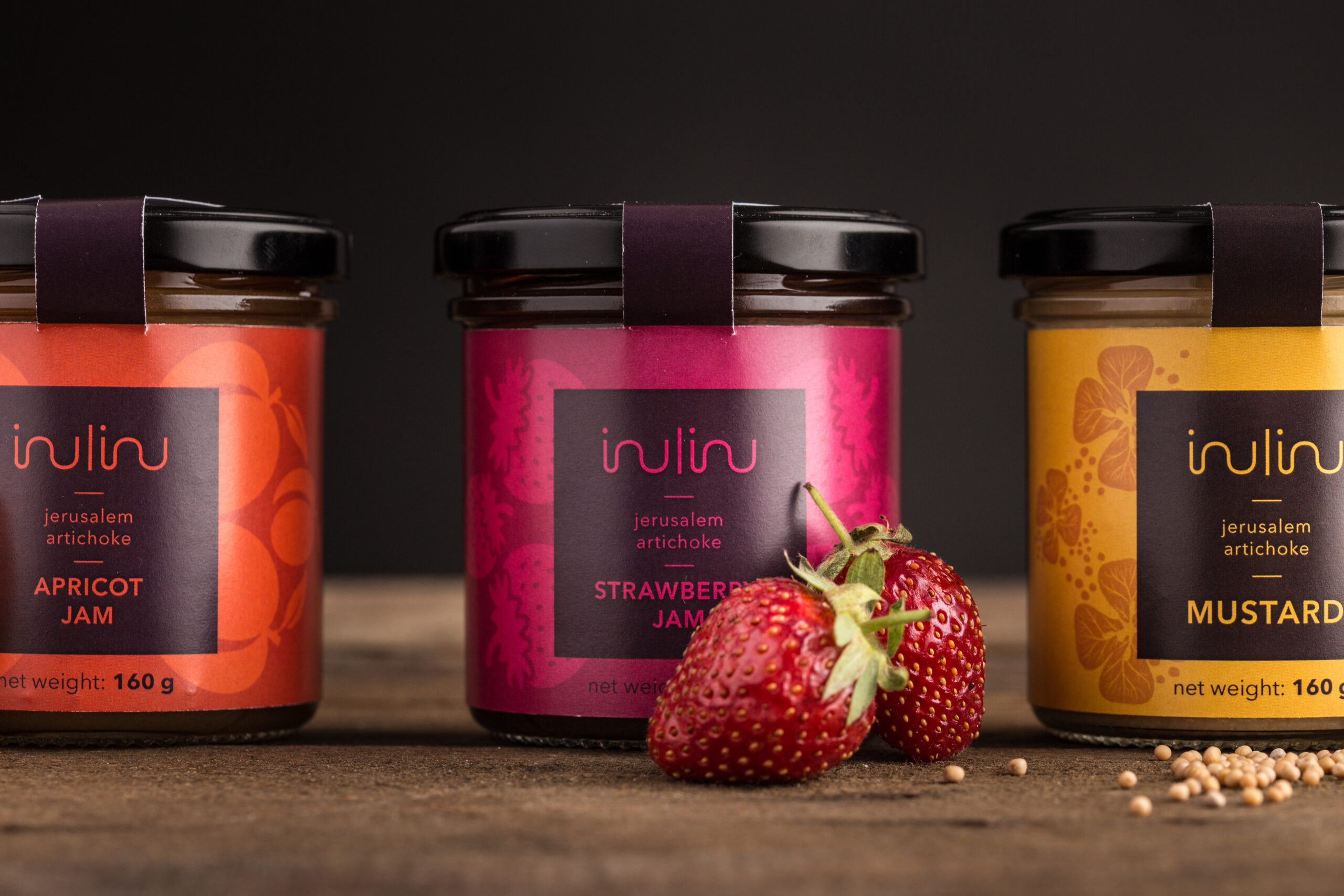
InulinuPackaging Design
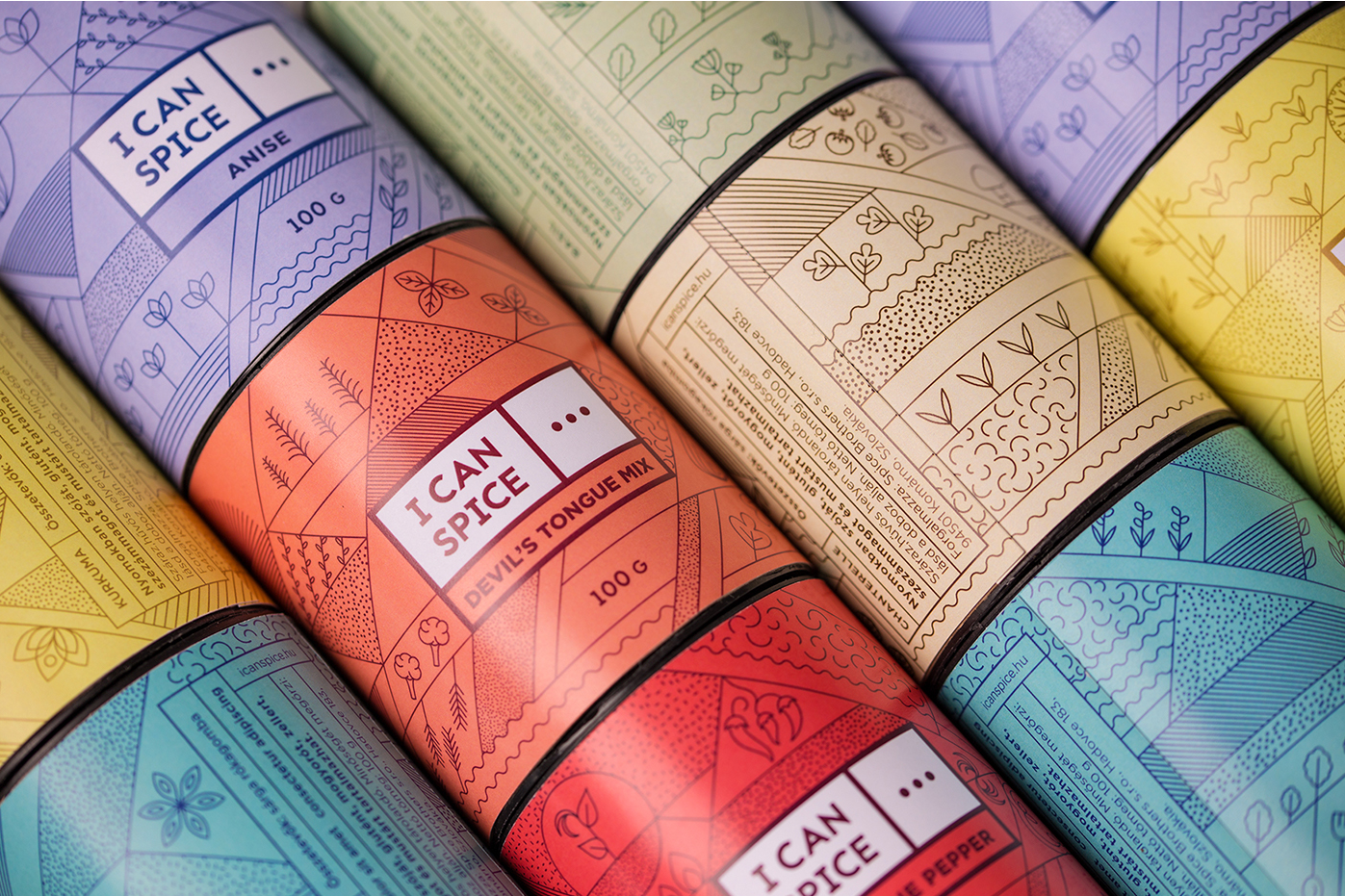
I CAN SPICEPackaging Design

CalicoPackaging Design

Why is the Mona Lisa beautiful?Branding
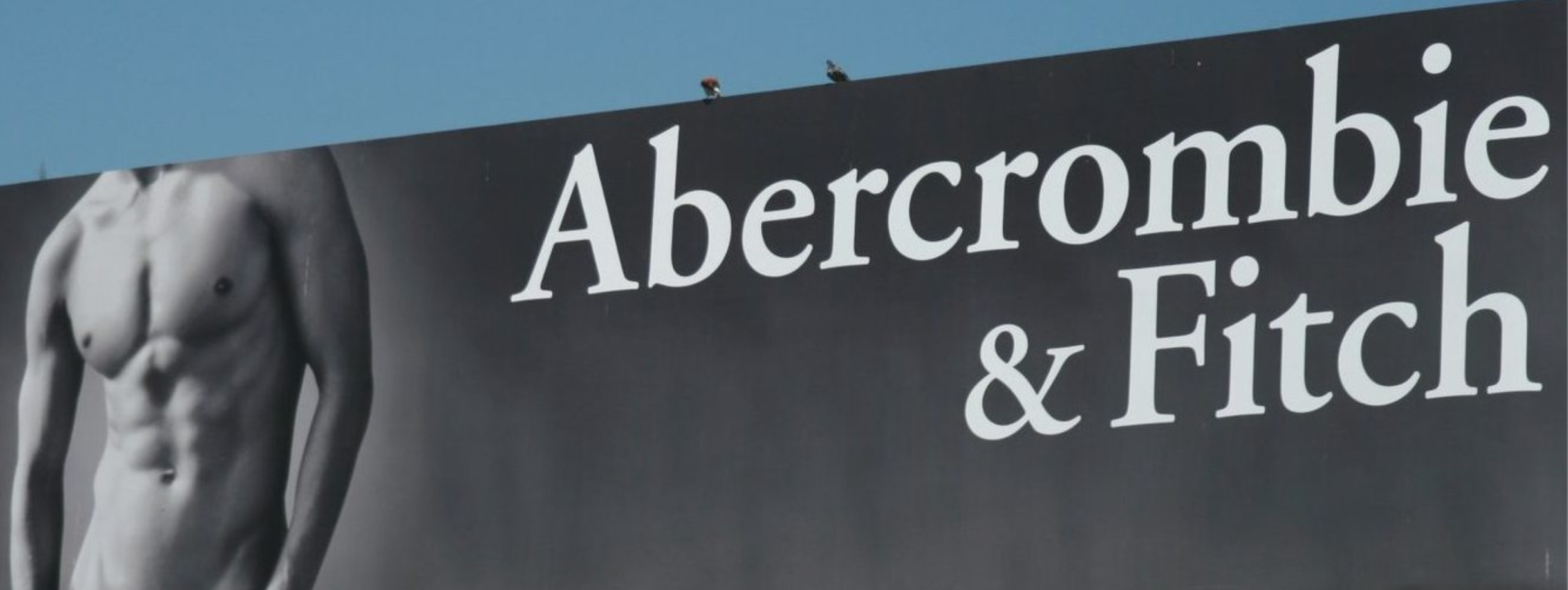
How can a rebranding be successful?Project type
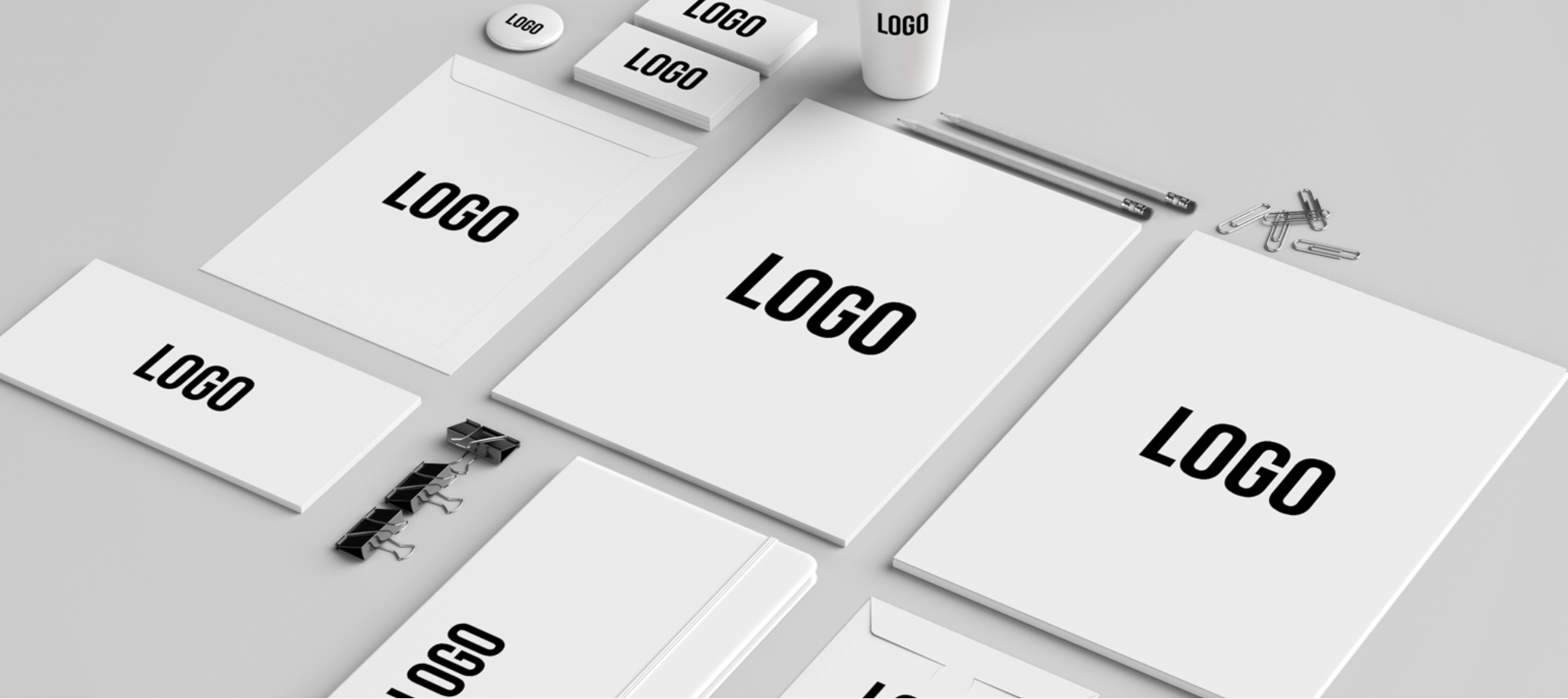
The logo is NOT a brand identityBranding
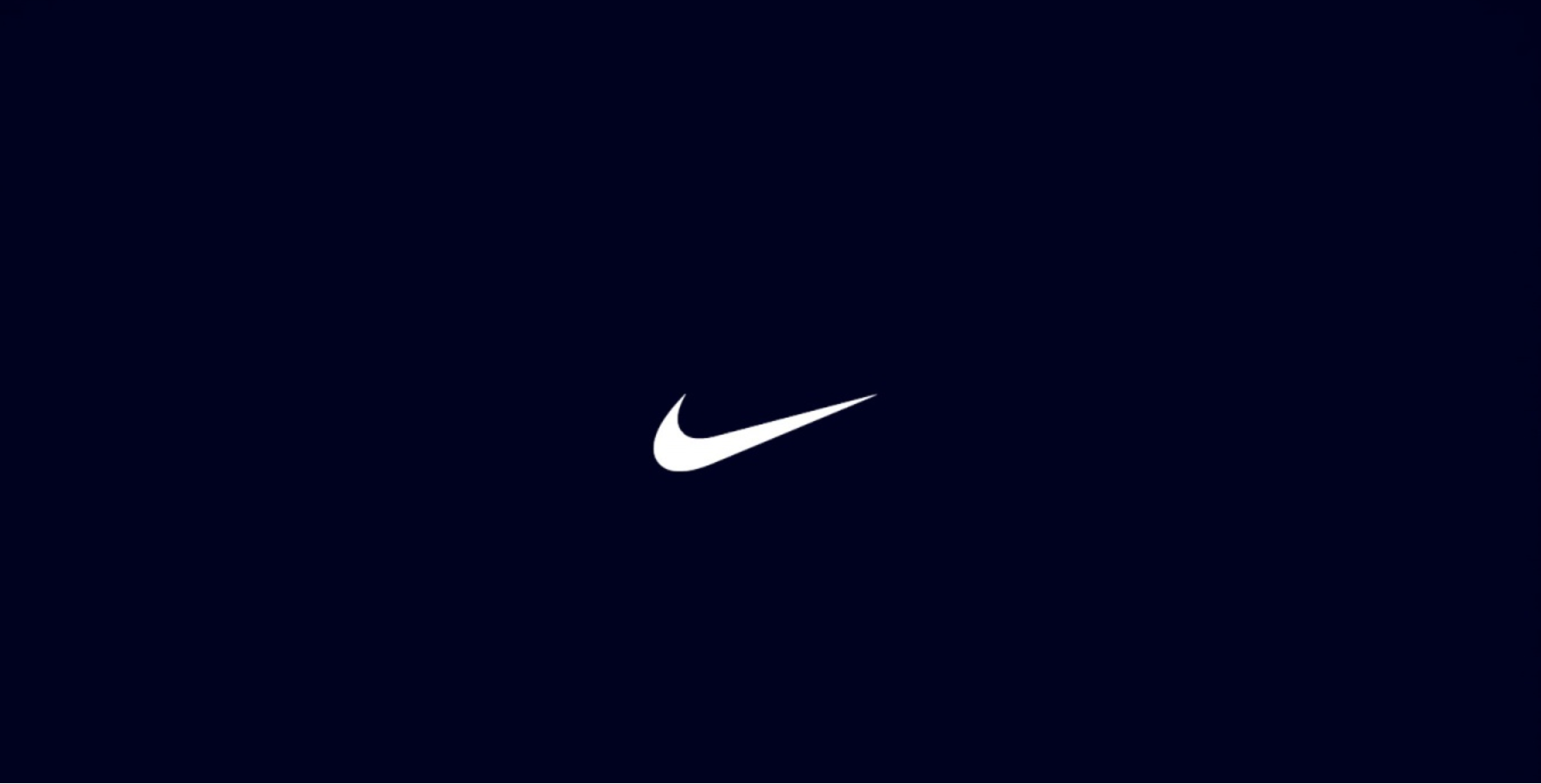
How To Choose A Logo?Branding
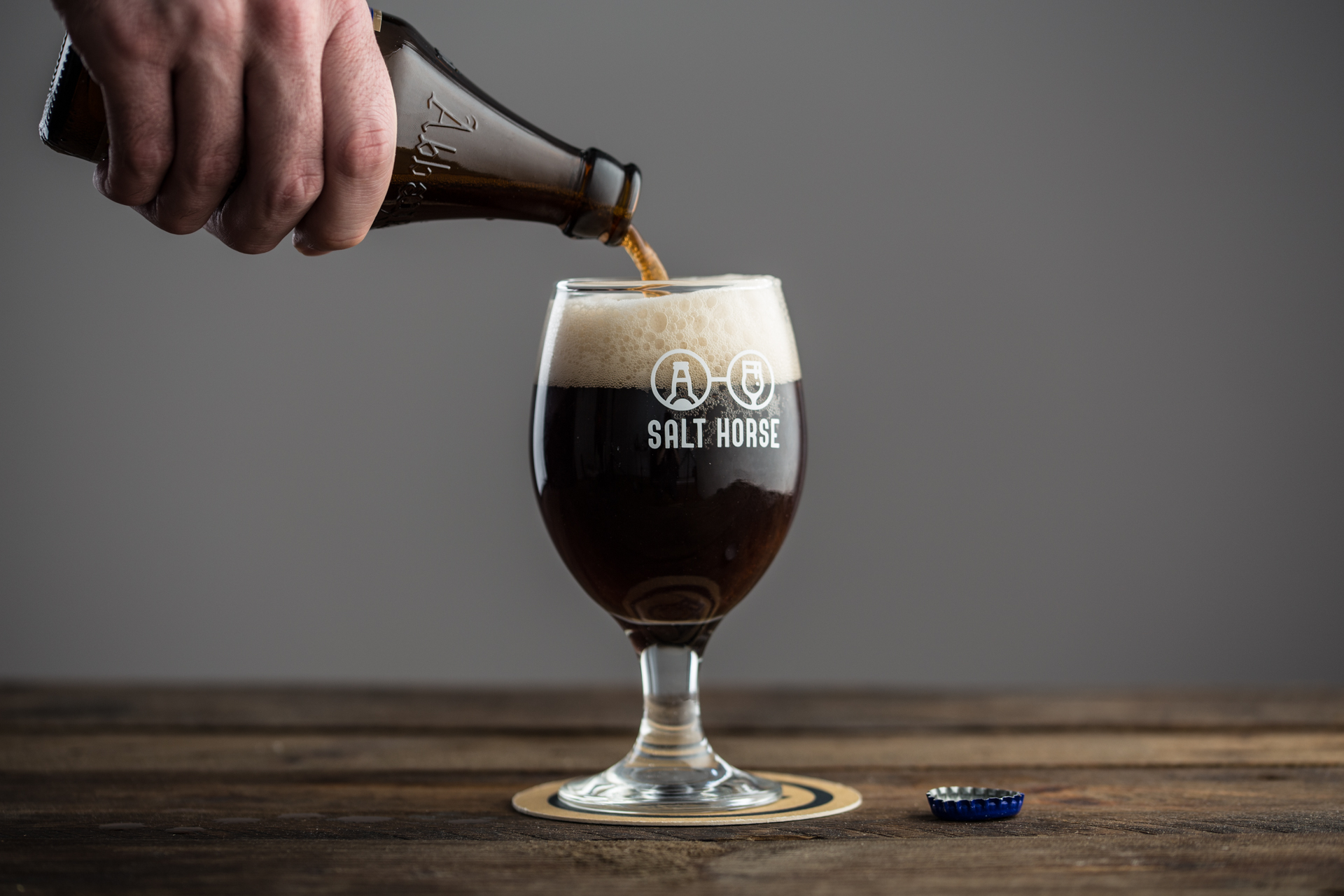
Salt HorsePackaging Design
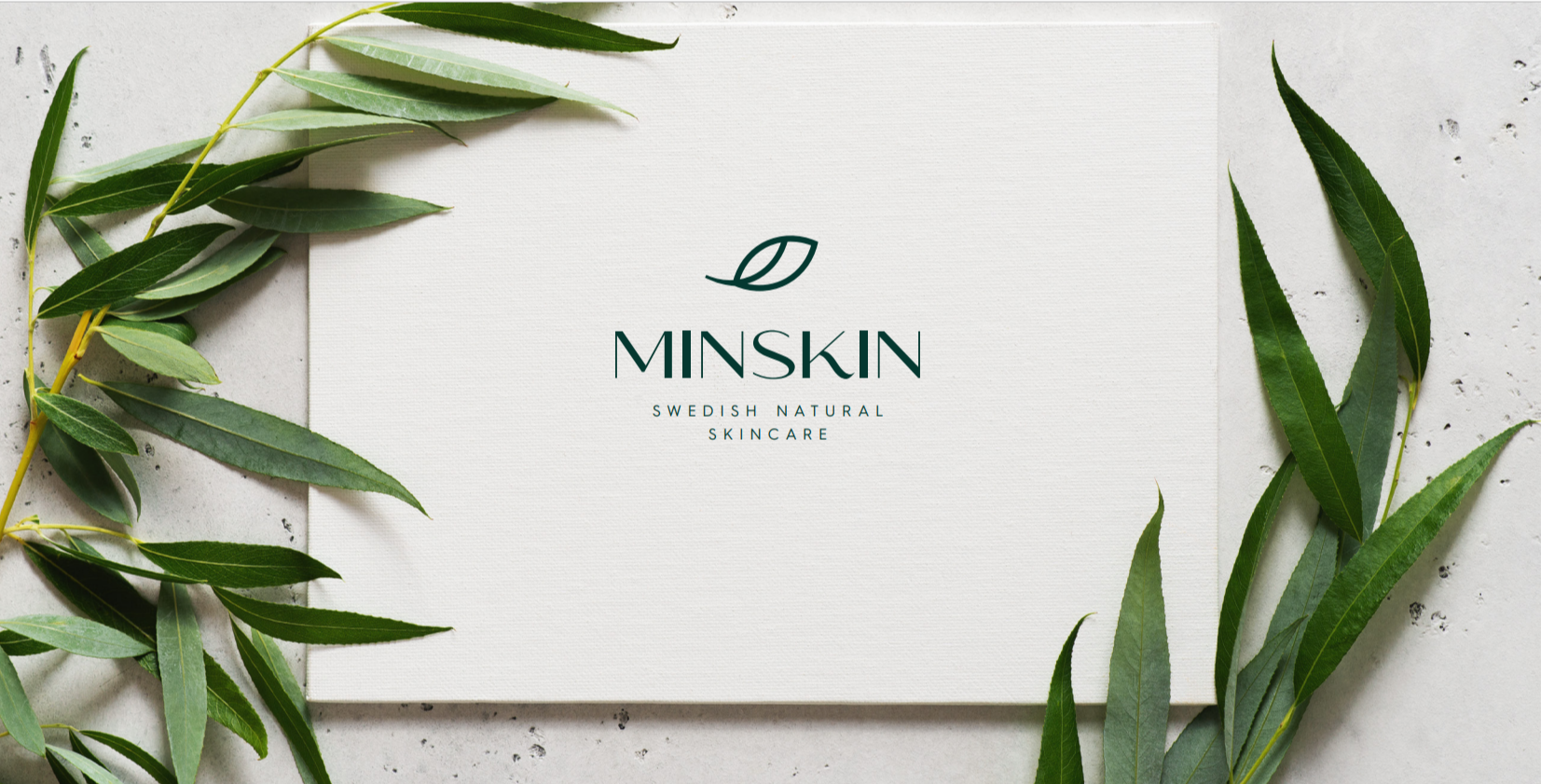
MinSkinPackaging Design
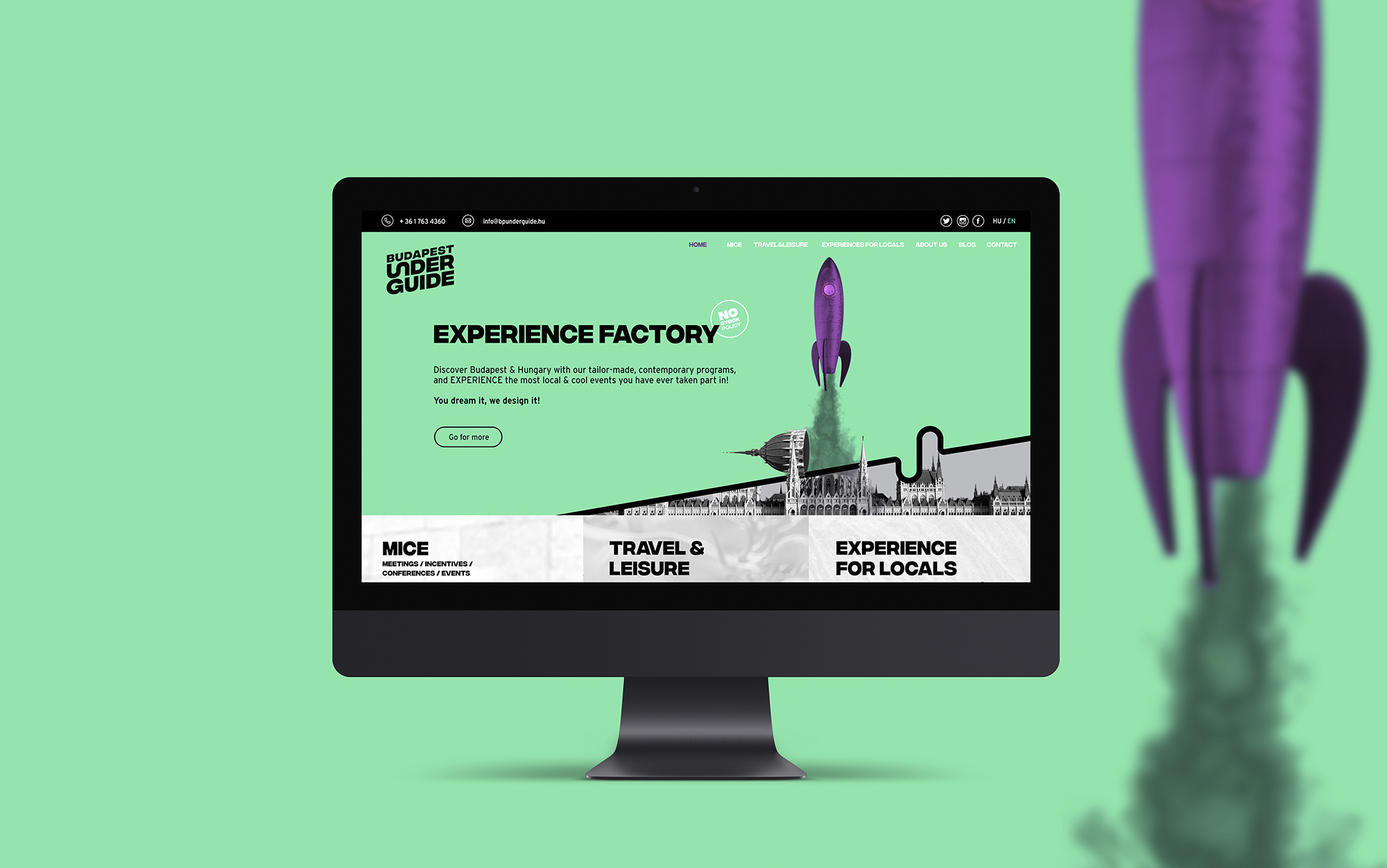
UnderguideWebdesign
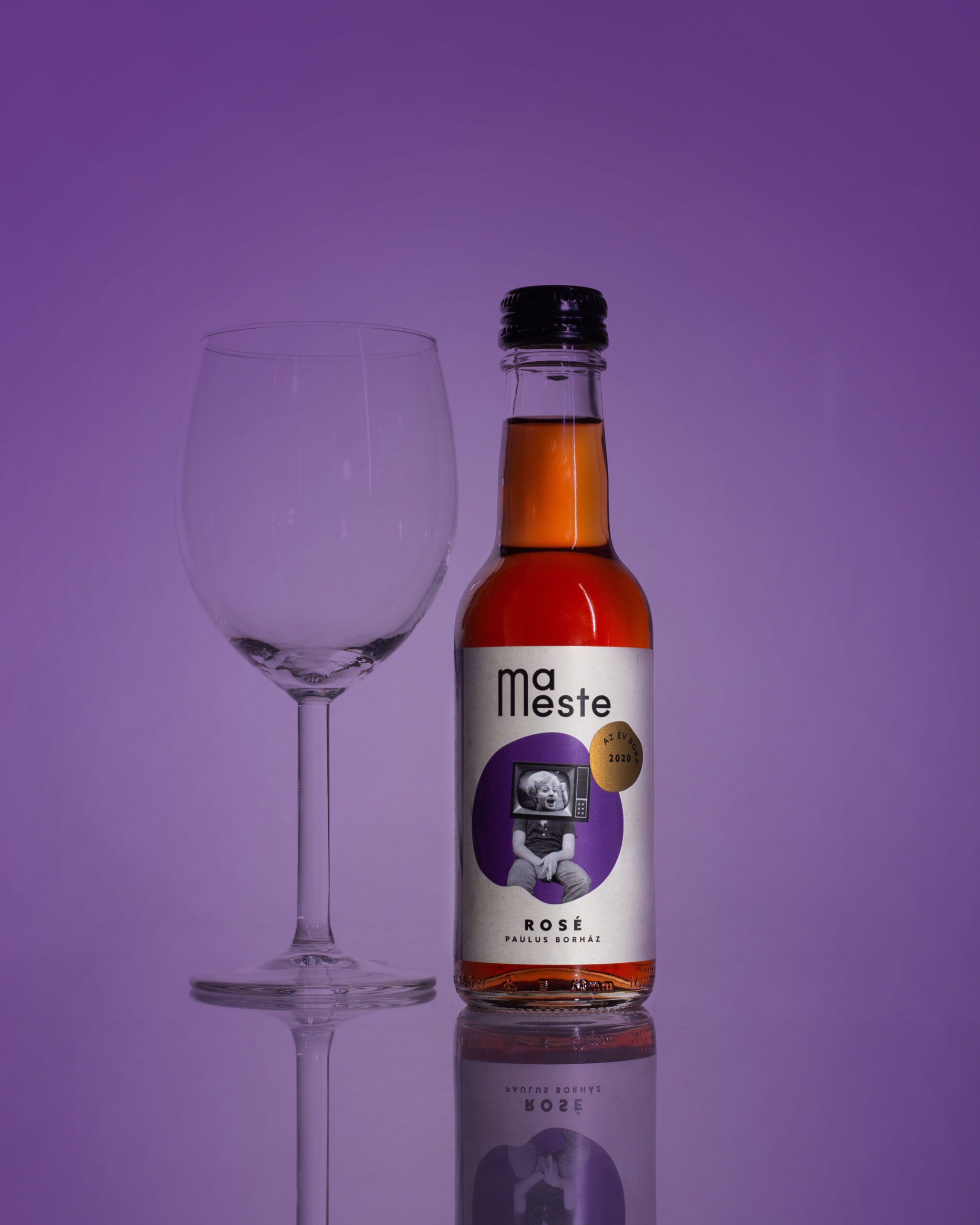
MaestePackaging Design

JanaanPackaging Design
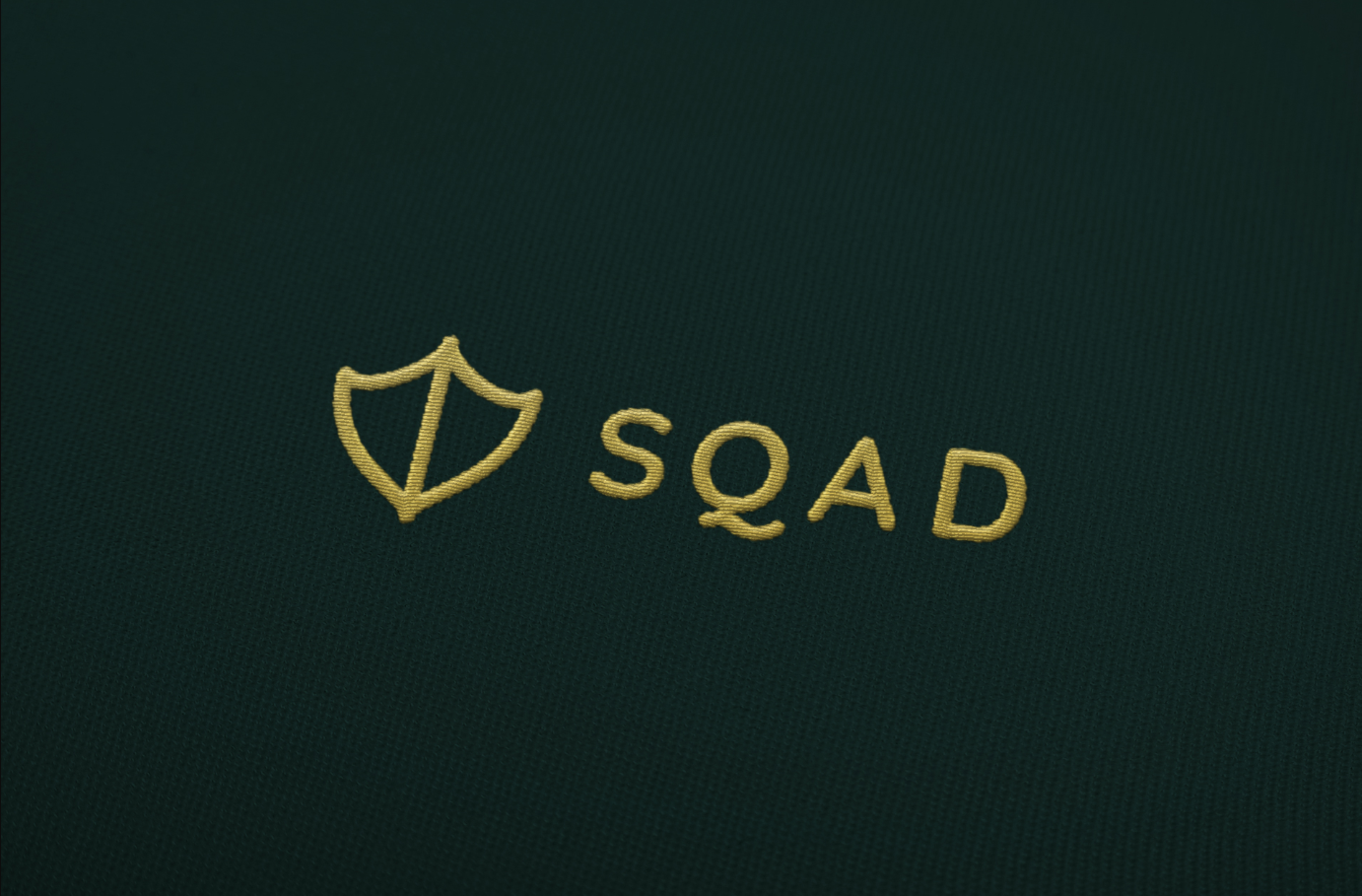
SQADFashion Design

Galamb TailoringProject type
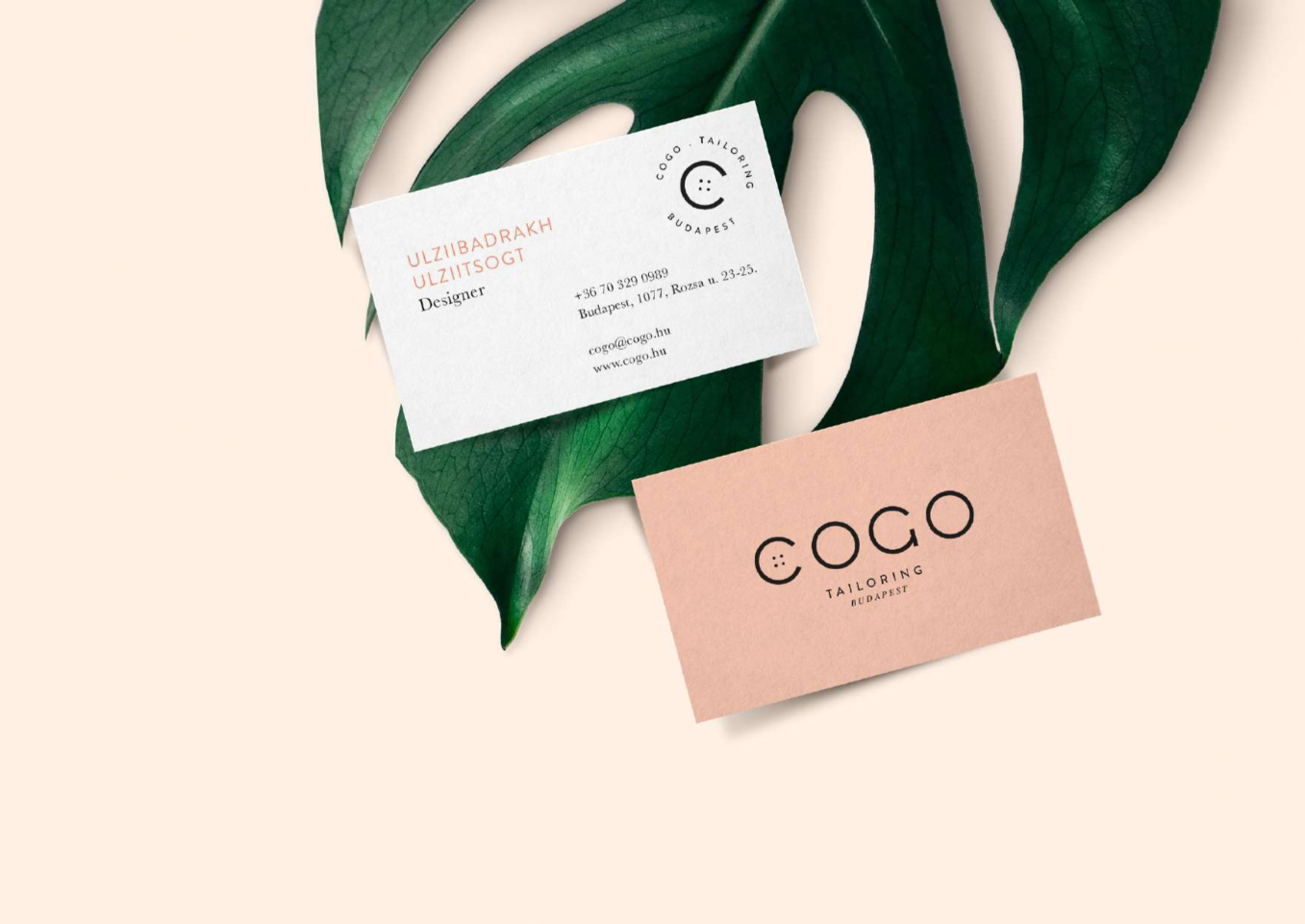
CogoFashion Design
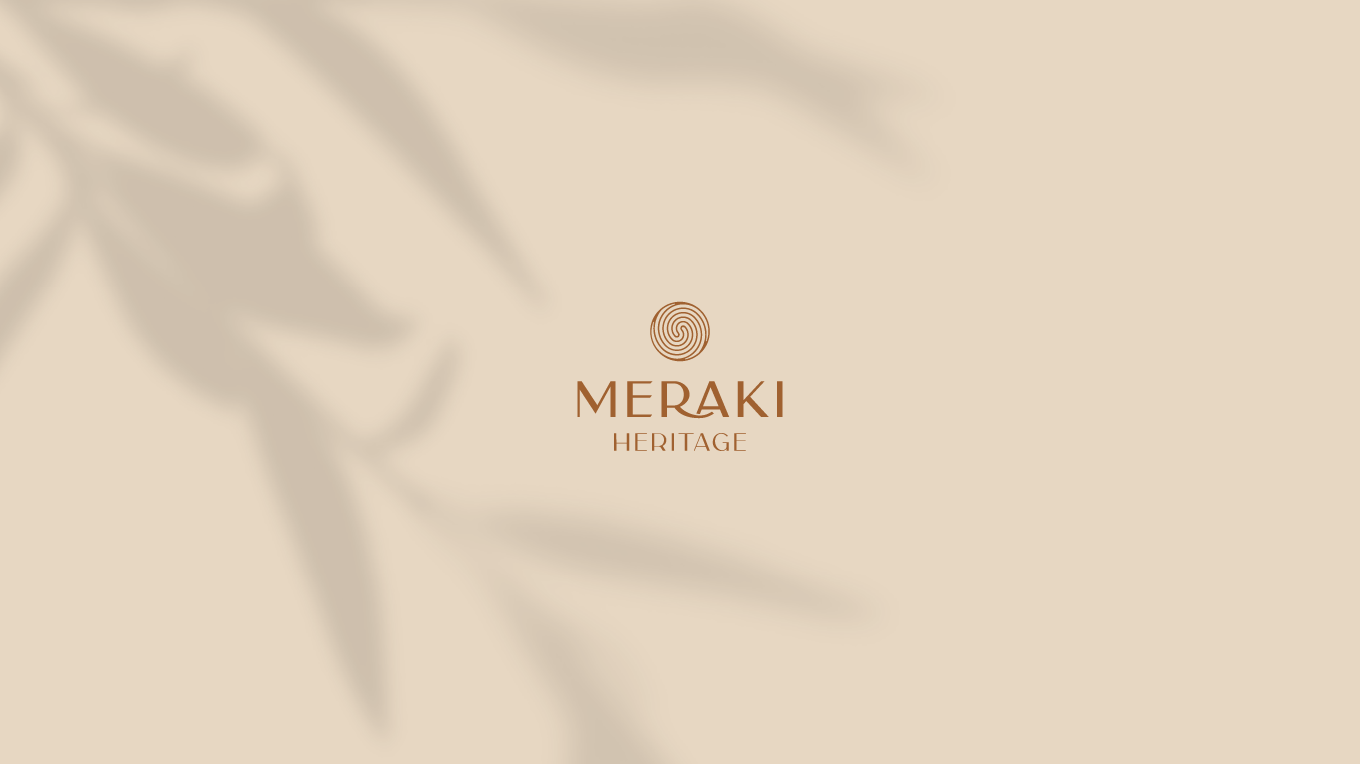
MerakiFashion Design
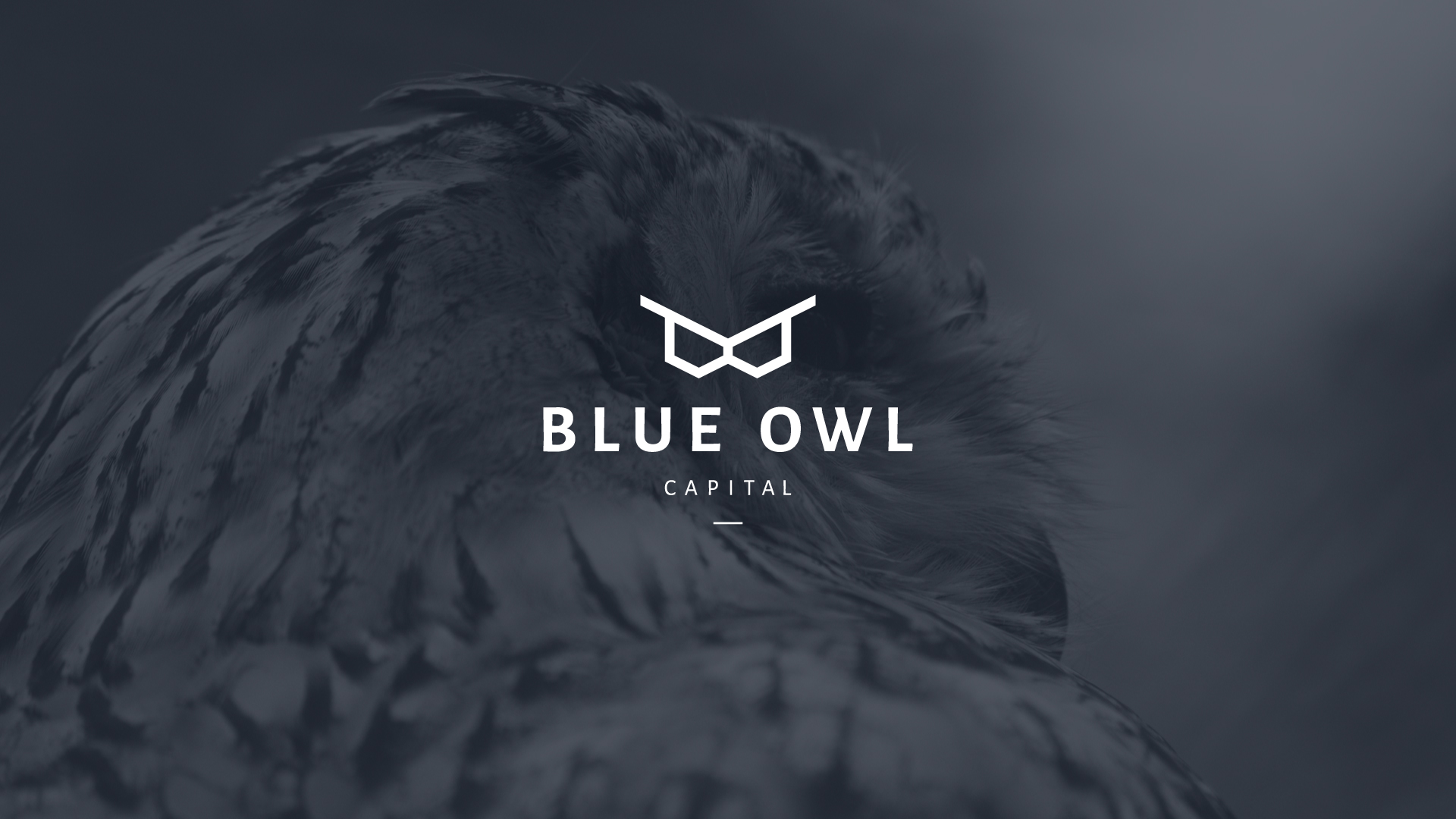
Blue OwlCorporate Design
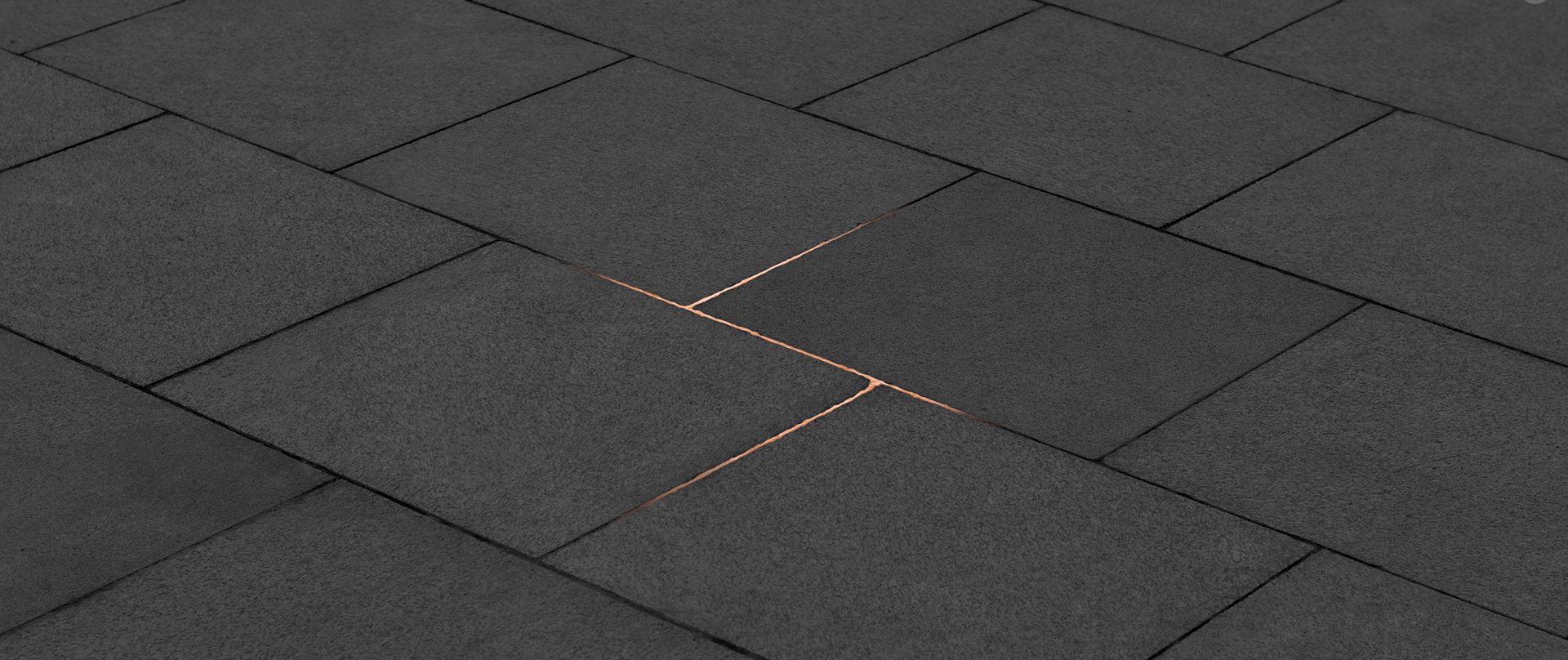
Stone ConceptCorporate Design
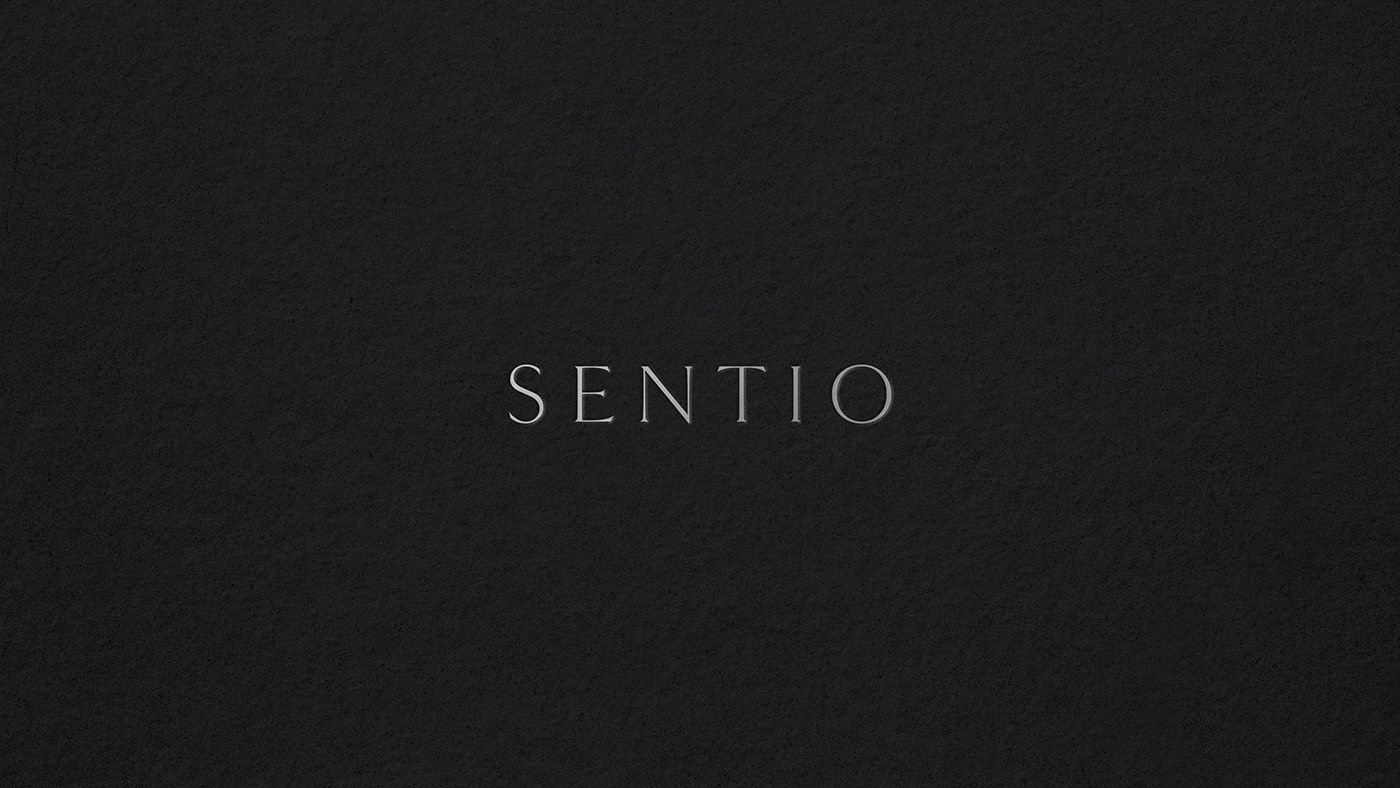
SentioCorporate Design
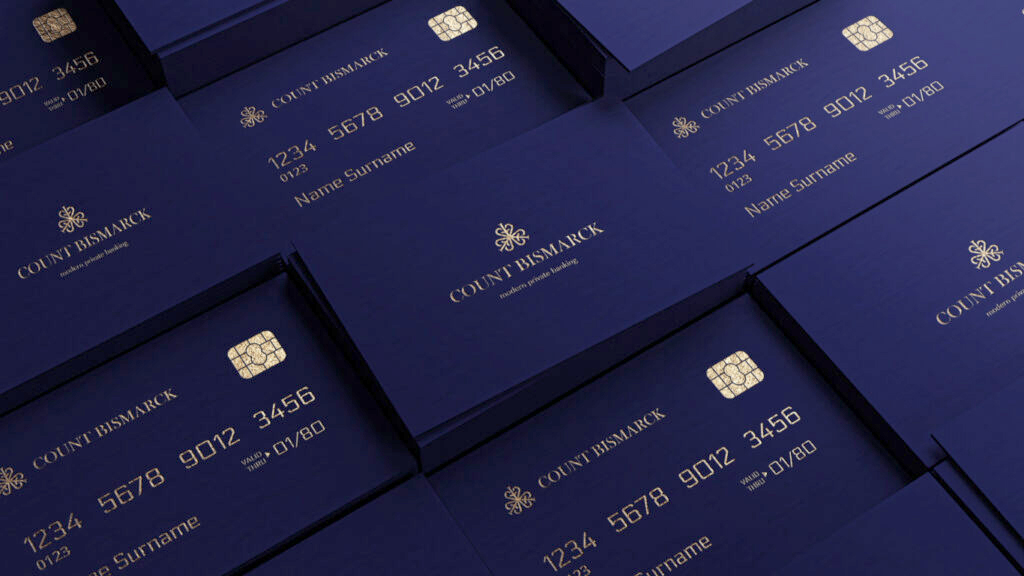
Count BismarkCorporate Design

BrunoHospitality Design

Vin.VinHospitality Design
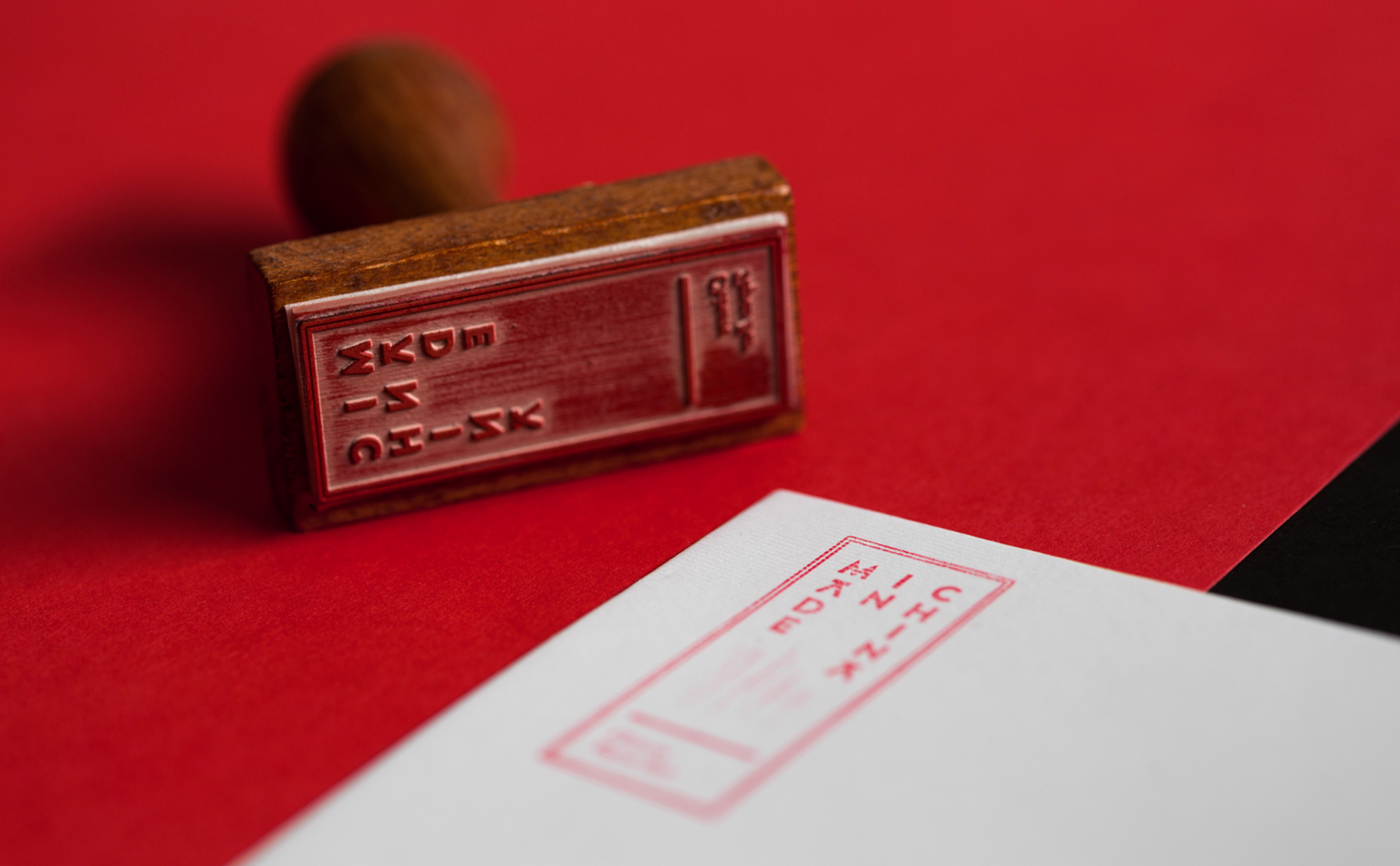
Made In ChinaHospitality Design
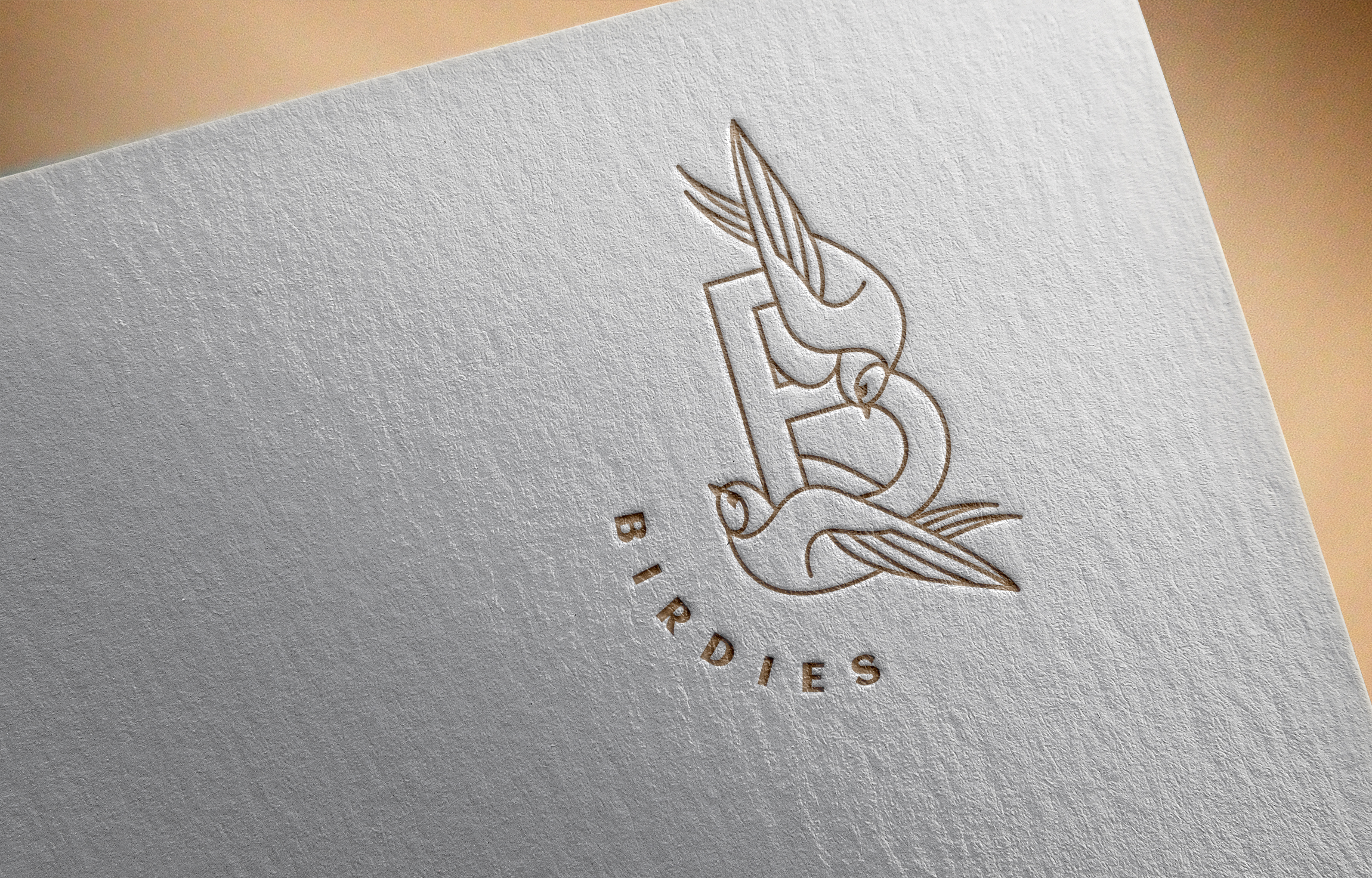
BirdiesHospitality Design

NaomiHospitality Design

Equity PointHospitality Design
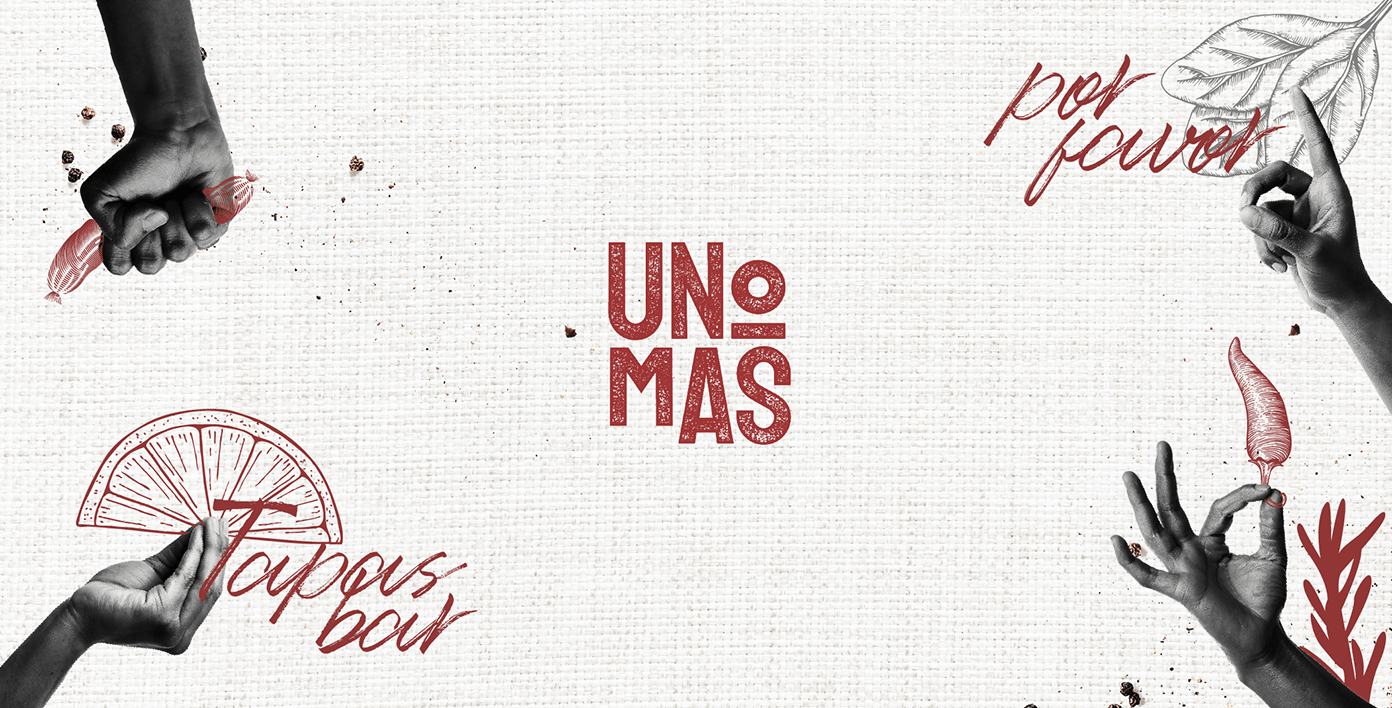
Uno MasHospitality Design
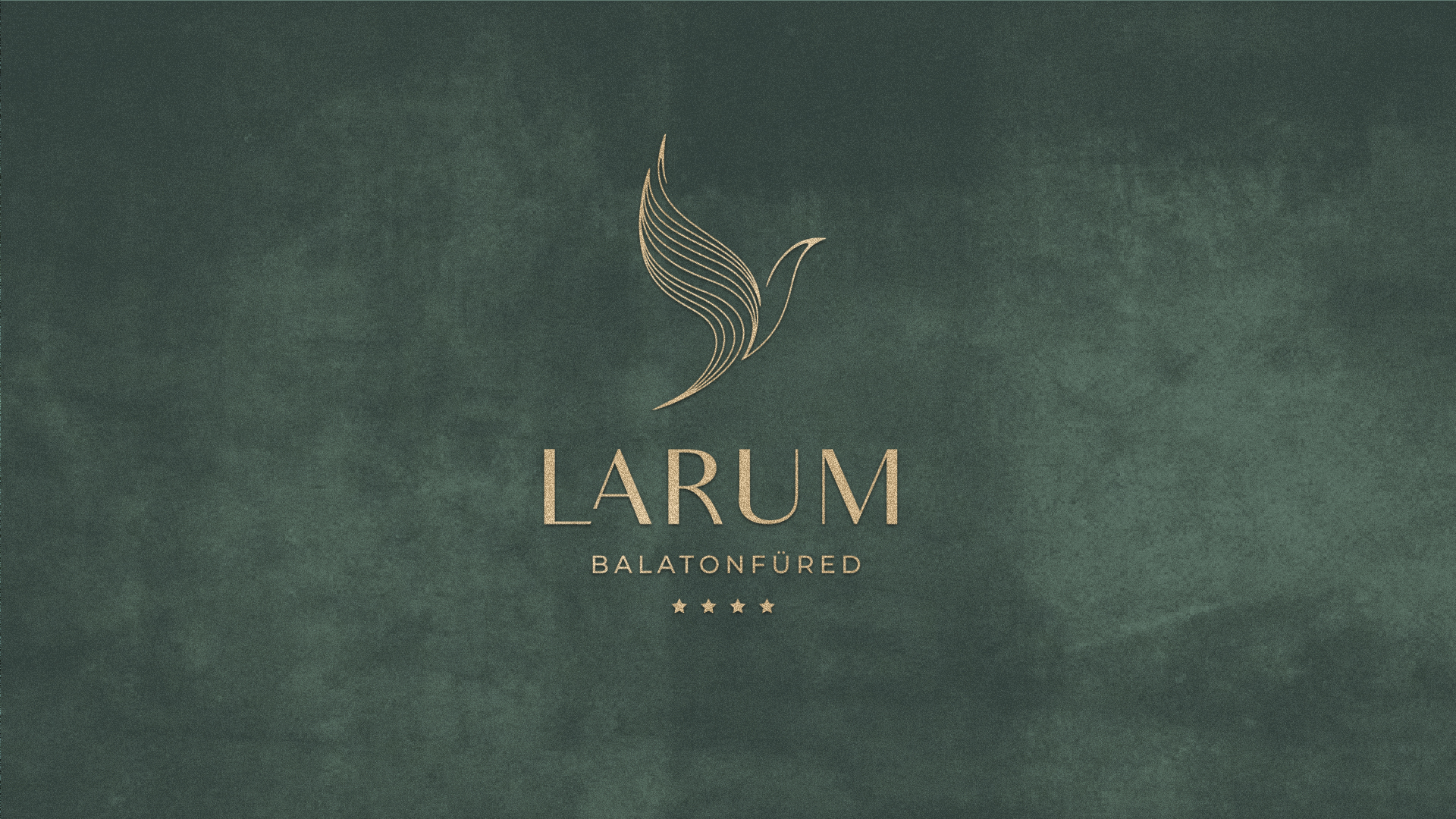
My first projectProject type
